A baby copperhead snake tail has a yellow tip, which later goes darker as the snake ages Source wwwwideopenspacescom Cottonmouth baby cottonmouths are as strikingly and vividly patterned as copperheads, they do not become dark and lose their pattern until later in life Source fox4kccom I found seven water snakes and one getter Source wwwthestatecom You can see how this baby Northern Water Snake A common snake of lakes and wetlands, the northern water snake is often mistaken for a cottonmouth or copperhead because of its banding pattern and aquatic preferences The northern water snake feeds on fish, frogs and crayfish It can grow to lengths of up to 45 inchesCopperhead snakes are usually a paletan to pinkishtan color that darkens towards the middle of the snake Milk snakes are a noticeably brighter pinkishred color Look at the scale pattern Copperhead snakes have 10 to 18 crossbands (stripes) that are paletan to pinkishtan in color How long do baby copperheads have a yellow tail?
Copperheads And Similar Looking Harmless Species
Baby copperhead snake pattern
Baby copperhead snake pattern- If you see a grayish snake with a bright yellow tail and similar "Hershey's Kiss" patterns those are almost certainly young copperheads, as well Table of Contents General Copperhead Appearance ; Even as a baby snake, Copperheads have a triangular arrowhead shaped head, and Black Racers have black eyes, while Copperheads usually have yellow eyes with thin black pupils Essentially, Black Racer snakes don't have a bright yellow tail or eyes and have ovalshaped patterns Copperhead Vs Mole Kingsnake Mole Kingsnakes often starts off heavily patterned




The American Copperhead Snake Agkistrodon Contortrix Desertusa
Northern Water Snake Northern Copperhead neonates (newborns) and yearlings These young copperheads have the same pattern as the adults the hourglass pattern However, they have one extra feature a greenish yellowtipped tail!If you encounter a snake, weIt is easy to identify a baby copperhead through its bright yellow or green tailtips These snakes are born with bright tails to help them attract their prey Copperhead snakes grow fast as they can easily find food for themselves However, when they are a year older, their tails turn black or dark brown They Have Dark HourglassesLike Patterns
Baby copperheads are lighter tan in color and have a pinkish brown hourglass pattern Darker patterns are skinner at top and go wide at side Young copperhead snakes look just like adults except for new hatchlings The last inch of their tail is yellowish green color, and that will fade as they shed their skin After two or three sheds they will not have yellowish color on the tip of their The baby black racer snakes have a pattern that can be quite confusing with the copperhead pattern Though the black racer snake pattern is not a distinct hourglass pattern, it still looks similar unless you observe it closely As they grow, the pattern fades 5 Mole king snake – The baby mole king snake also has patterns similar to that ofSearch from Young Copperhead Snake stock photos, pictures and royaltyfree images from iStock Find highquality stock photos that you won't find anywhere else
Only baby Black Racer snakes get confused with Copperheads Adult Black Racers are, in fact, Black and usually patternless However, when born, you can confuse juvenile Black Racer reddishbrown cross band patterns with those of a Copperhead at first glance This feature changes as the snakes grow, fading and melding into a black hue, true to the snake's name But, baby The skin pattern on a copperhead snake is easily recognizable and a great indicator of the species The skin pattern looks like repeating hourglass shapes The color of this pattern is often tan, brown or sometimes black The rest of the snake is a copper brown color, which helps the snake camouflage in places with a lot of plants However, if the copperhead snake is in aIn Conclusion For more information Related posts General Copperhead




Identifying Copperhead Snakes Home Garden Information Center
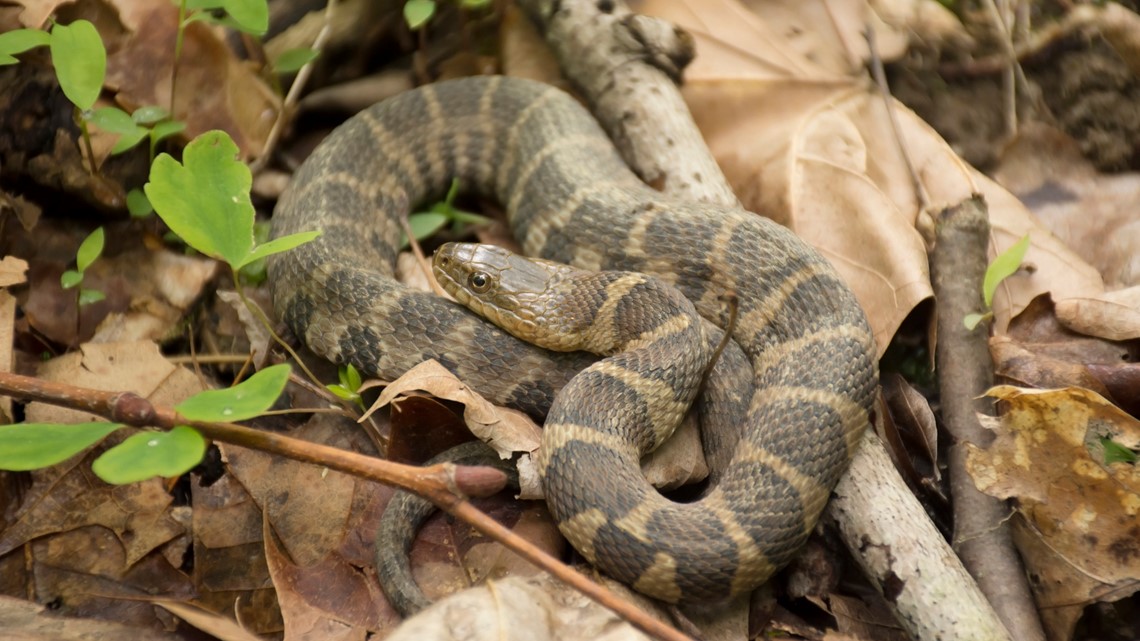



How To Tell If A Snake Is Venomous Wbir Com
Images for Baby Copperhead Snake More images for Baby Copperhead Snake » Baby Copperheads How to Identify Them and Get Rid of Them wwwwideopenspacescom › babycopperheadshowto Cached; It's 'baby copperhead season' — what to know about NC's most common venomous snake by Ryan Copperheads, the most prevalent venomous snakes in North Carolina, start making themselves known each year in the spring, just as Similar to the copperhead snake, baby cottonmouths utilize their brightly colored tail to attract amphibious prey They wiggle their tails to imitate a worm and when an unsuspecting frog comes in for a bite, the cottonmouth will strike This method of imitation is called 'caudal luring' and is central to a juvenile cottonmouth's survival




How To Identify A Baby Copperhead Snake 10 Key Features Survival Freedom




How To Identify A Baby Copperhead Snake 10 Key Features Survival Freedom
How to identify baby copperhead snake?However, young copperheads will be greyer and have a bright yellowcolored tail It's very important if you come across a baby copperhead in the wild not to touch it as it can be poisonous "maybe not as much as the adults" but if you have been bitten Many baby copperhead snakes are born with a bright yellow or green tip to their tail This bright color is used to attract and lure prey to enter within striking distance This helps babies find food and grow quickly Normally after one year their tail will turn dark brown or in some cases even black 2 Look For An Hourglasses Pattern
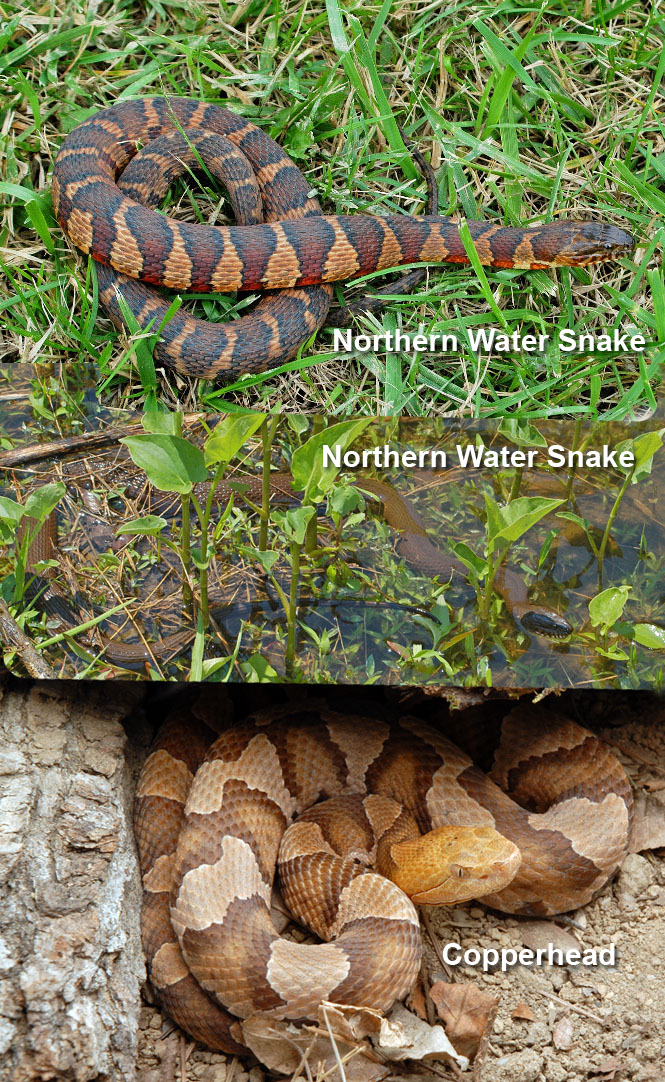



Creature Feature Northern Water Snake Raritan Headwaters



Copperheads And Similar Looking Harmless Species
Baby snakes are born perfectlyHere are seven ways to tell the difference between baby Copperheads and other snakes Look for an hourglass pattern Baby Copperheads have pale, pinkish skin and a coppercolored head, which is how they get their name Baby Copperhead Snake They also have dark, brown markings that look like hourglasses They keep these markings their entire lives The hourglass pattern on a CopperheadYep Baby copperheads are just smaller versions of the adult snake and yes, a copperhead bite does have the potential to be dangerous Treat them with the same
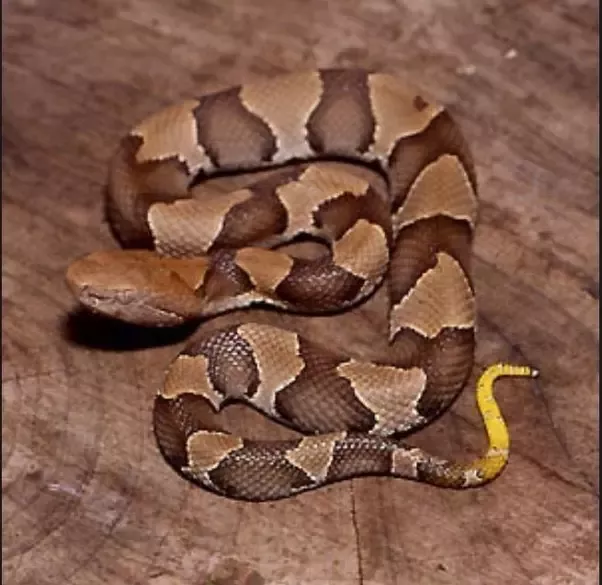



How To Identify A Baby Copperhead Snake Quora
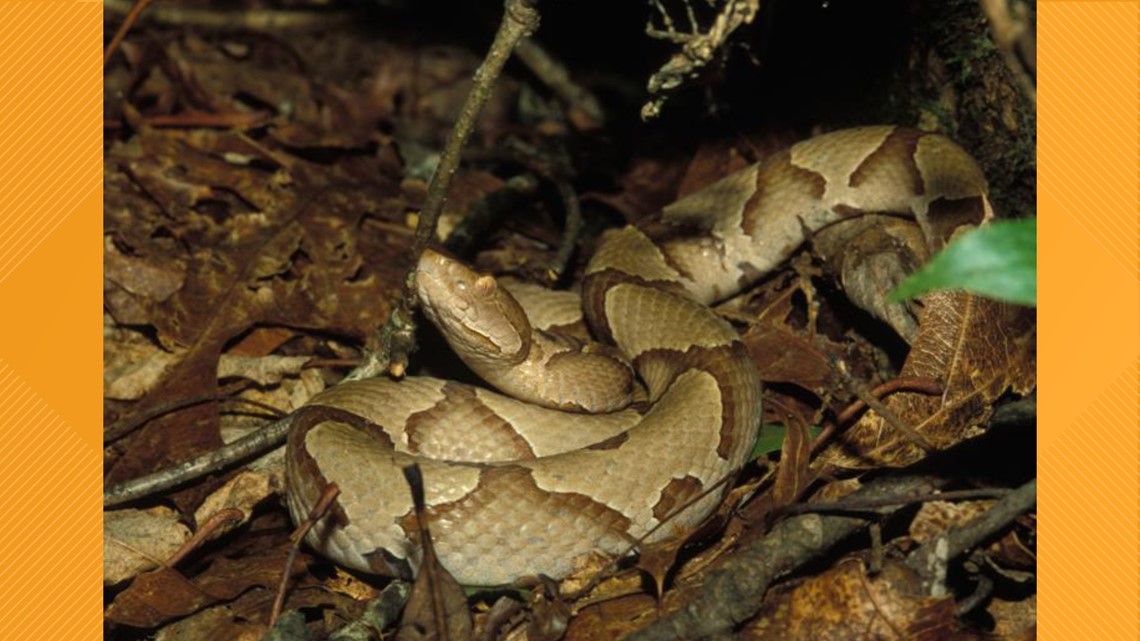



Baby Copperheads Are Being Born In Missouri Ksdk Com
MISSOURI, USA — Next time you're on a walk, watch out for baby snakes Missouri is in the middle of baby copperhead season, as young are typically born in August through early October WhileHowever, they do not have hour glass shaped bands, and they have the physical characteristics of nonvenomous snakes (eyes, head scale pattern, vent scales, eye etc) Their bands go all the way across and are usually much thicker than the hourglass or Hershey kiss ofThe eastern copperhead (Agkistrodon contortrix) also known as the copperhead is a species of venomous snake, a pit viper, endemic to Eastern North America;




Copperhead Snake The Australian Museum
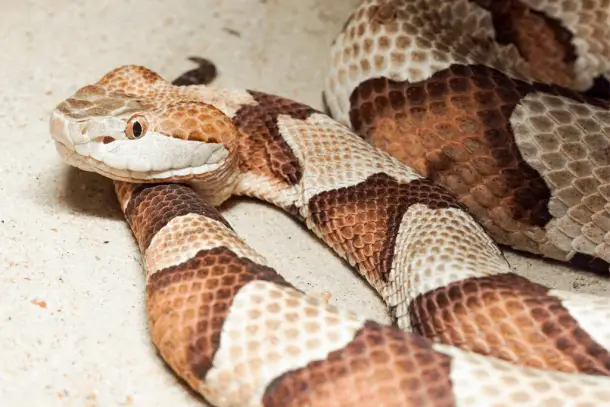



What Do Baby Copperhead Snakes Look Like Reptilia Planet
It's likely a copperhead If the pattern doesn't extend and is just kind of floating in the middle of the snake's back, you're likely dealing with a nonvenomous look alike Are baby copperheads venomous? Look at the scale pattern Copperhead snakes have 10 to 18 crossbands (stripes) that are paletan to pinkishtan in color The crossbands are about two scales wide at the spine but can become as wide as six to 10 scales along the sides Milk snakes have glossier and smoother scales than copperheads Milk snakes have alternating bands of redblackyellow or whiteblackAnd right about now — just when most of us are looking toward summer's end — is the time of year when copperheads start to multiply Since it's always a good time to learn more about the wildlife we share our spaces with, here's what you need to know about baby copperhead snakes, where copperheads are more likely to hang out, and of course, how to avoid them




Vanguardcycles S Blog Pictures Of Baby Copperhead Snakes Showing 1 1 Of 1




5 Ways How To Tell The Difference Between Cottonmouths Water Moccasins And Copperheads Living Alongside Wildlife
Baby copperhead snakes are pretty small, so they can't hunt quite the same as their parents Besides, they don't have parents around to teach them how to hunt anyway Baby copperheads will lay low and wave their yellow tails in the air to attract prey They attack once the prey has become distracted #6 These snakes are proportional The length of a copperhead's fangs is related to You can see that the water snake has a wide variation of color patterns, just like the copperhead; Baby copperheads are mostly born in late August or early September, but a few may be born as early as midAugust or as late as early October, Jeff Beane, herpetology collection manager at the NC Museum of Natural Science in Raleigh, told The News & Observer in a previous report on copperhead snakes




Piedmont North Carolina 10 Inches Juvenile Is This A Baby Copperhead What Kind Of Snake Is This Species
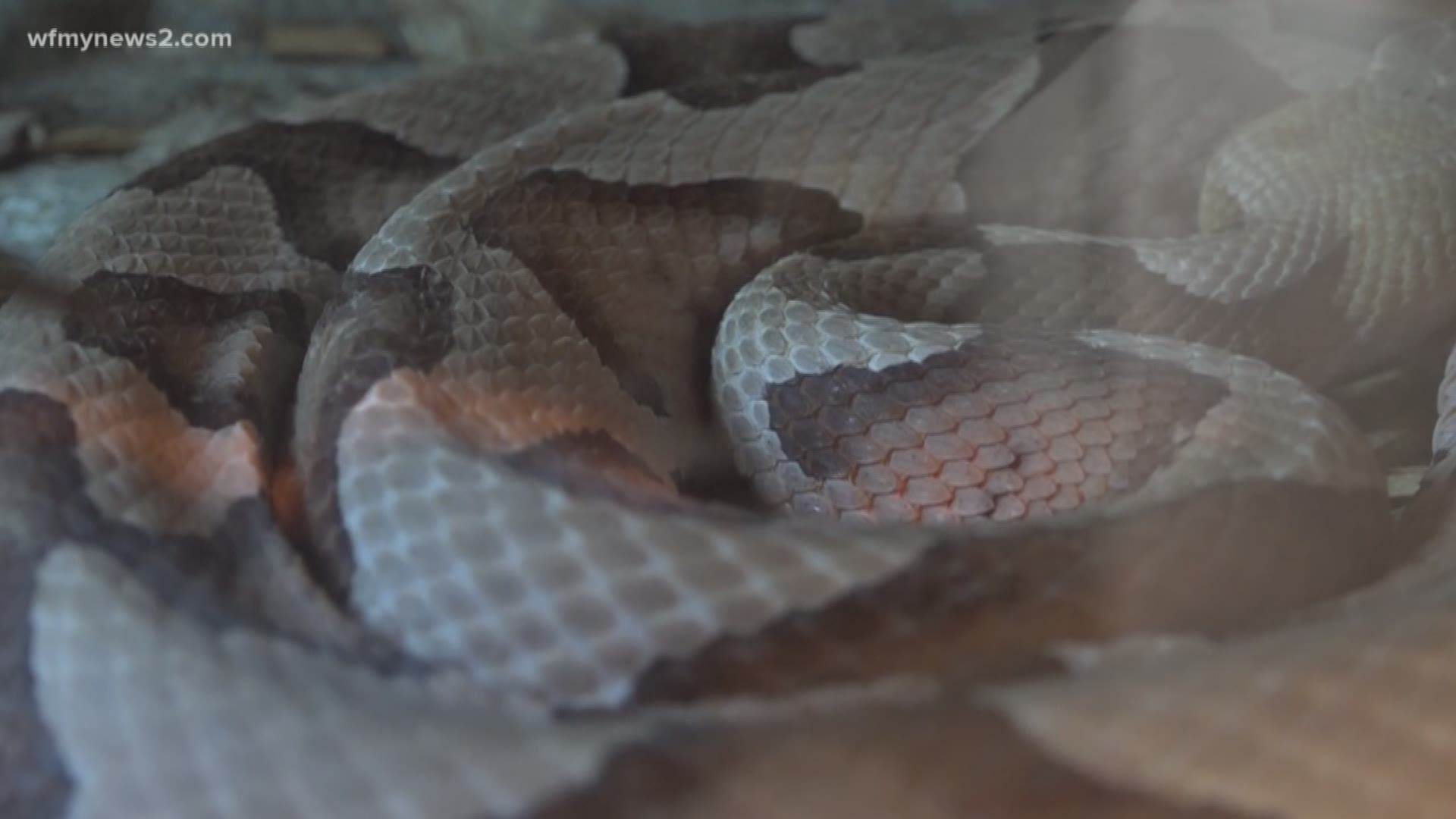



Watch Out For Baby Copperhead Snakes Wfmynews2 Com
An adult copperhead snake injects more venom than a baby snake Baby copperhead's fangs are smaller 12 to 72 mm in length and inject smaller amounts of venom the smaller the snake, the smaller the fangs and venom quantity A popular myth is that baby snakes cannot control their venom thus being more dangerous It is actually not true;So, you're freaking out because you have a copperhead snake (or two) Fear not This is a comprehensive pest control guide We'll go over exactly how you can get rid of copperhead snakes naturally that are snaking around (sorry) your garden or home We'll cover how to identify copperheads, how to repel them, and how to prevent them for good Copperheads' undersides are creamcolored, with dark brown uneven blotches that can sometimes look like a checkered pattern Head Shape Copperhead snakes have wide, triangular or arrowshaped heads, similar to other pit vipers like rattlesnakes They're shaped in such a way to accommodate the venom glands These glands are behind the eyes on either side
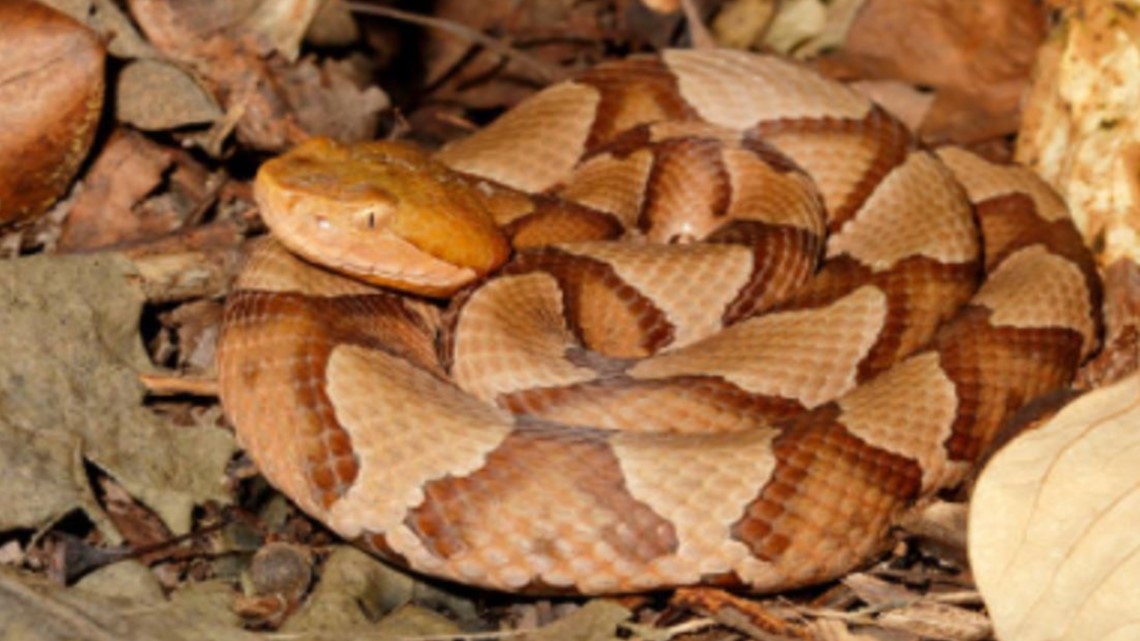



Watch Out For Baby Copperhead Snakes Wfmynews2 Com
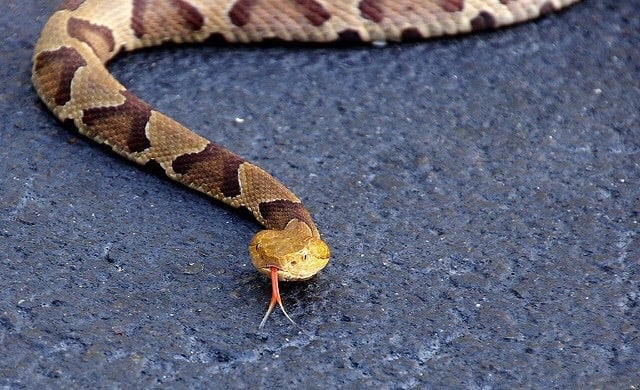



Baby Copperhead Snake Identification Guide Look For These 5 Things Embora Pets
The typical litter of copperheads is five to eight snakes, but 15 is possible Thankfully, the young snakes are easy to identify The baby copperheads are aboutWhat You Need to Know about Baby Copperheads;The copperhead snake strike is incredibly fast While out herping and snake hunting on a sandy road, I saw a beautiful copperhead baby snake When I set up
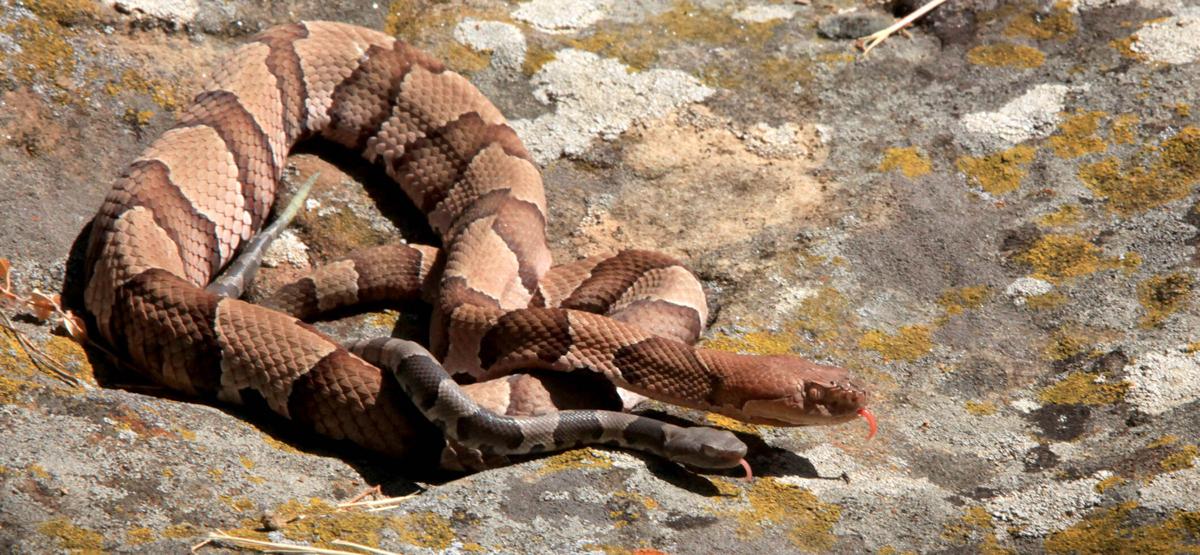



Snakes Alive Copperhead Other Snake Encounters More Likely As Days Shorten Weather Cools Local News Tulsaworld Com
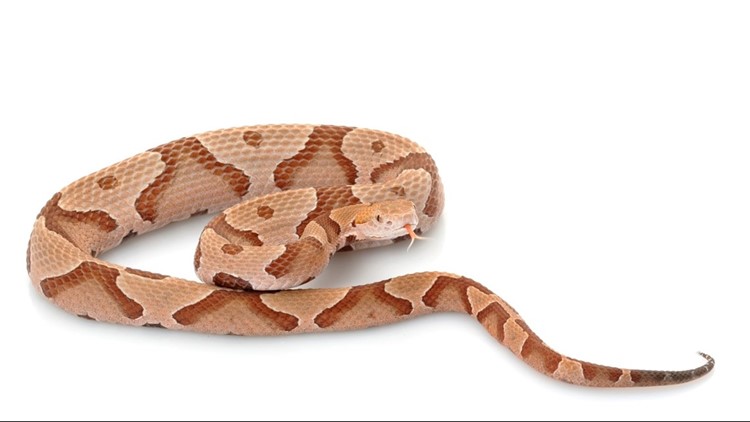



How To Tell If A Snake Is Venomous Wbir Com
About half of all copperhead bites result in only mild swelling and pain, according to the center Call the Carolinas Poison Center at if you are bitten by a snake This copperhead Copperhead, Southern Copperhead, Highland Moccasin, Chunk Head Basic description The average adult Eastern Copperhead is 2236 inches long (5691 cm) in total length This snake is stoutbodied with a distinctive hourglass pattern of broad light brown and dark brown crossbands The coloration of juveniles is similar to adults, except that theHow to Identify Baby Copperheads;




Nc Venomous Poisonous Snakes Copperhead Moccasin Photos Raleigh News Observer




The American Copperhead Snake Agkistrodon Contortrix Desertusa
In this video you will learn things you need to look for to identify a baby copperhead snakeCopperhead snakes are poiThe wider portion of the shape starts on one side of the body, thins towards the middletop edge of the back (closest to the spine), and then widens back out to the opposite side of the snake To Parts of the pattern of the copperhead resemble an hourglass and is one of the most diagnostic traits of all The hourglass shape lays somewhat "sideways" on the copperhead's back;




Copperhead Snakes Have A Distinctive Hourglass Shaped Pattern Snake Snake Facts Snake Lovers




The Scoop On Snakes
An adult Black racer snake barely resembles a Copperhead because they are purely black with no patterns on their skin However, in their earlier days, juveniles are brightly colored with reddishbrown marks on their back Without any doubt, an inexperienced eye may instantly classify Baby black racers as CopperheadsIt is a member of the subfamily Crotalinae in the family ViperidaeIts generic name is derived from the Greek words ancistro (hooked) and odon (tooth), or fishhook The trivial name, or specific epithet, comes from theHow to Get Rid of Baby Copperheads;
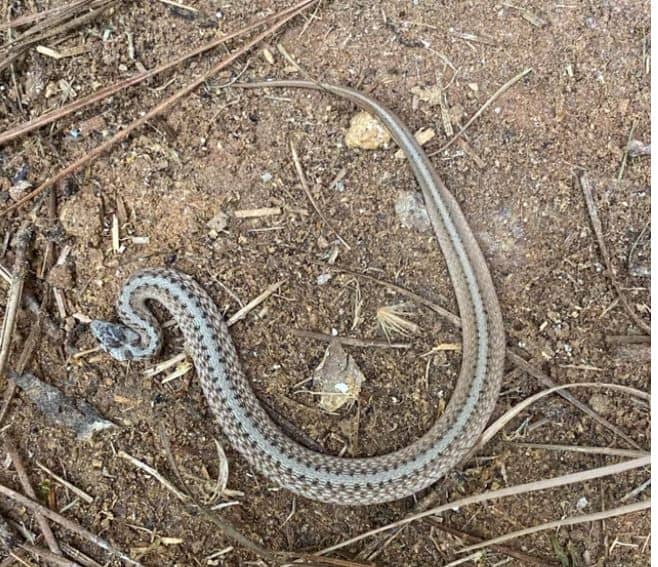



How To Identify A Baby Copperhead Snake 21 Pictures




How To Identify A Copperhead Snake What Do They Look Like Exopetguides
A baby copperhead, Agkistrodon contortix Like others have pointed out, the dead giveaway is the brightly colored tip on their tail The purpose of this brightly colored tip is interesting The baby copperhead will coil itself up and wiggle its taThe last inch or so of young copperheads is a different color and used as a lure to attract their prey (frogs) Shaking it like a worm, they wait for the frog Copperhead A mediumsized snake, with maximum length of slightly over 4 feet It is distributed throughout the state, but is scarce in parts of extreme southern Alabama Color patterns are highly variable, but the basic color is tan to brown with darker crossbands Above the coastal plain, the copperhead prefers forested areas with rocky bluffs and ravines In the coastal
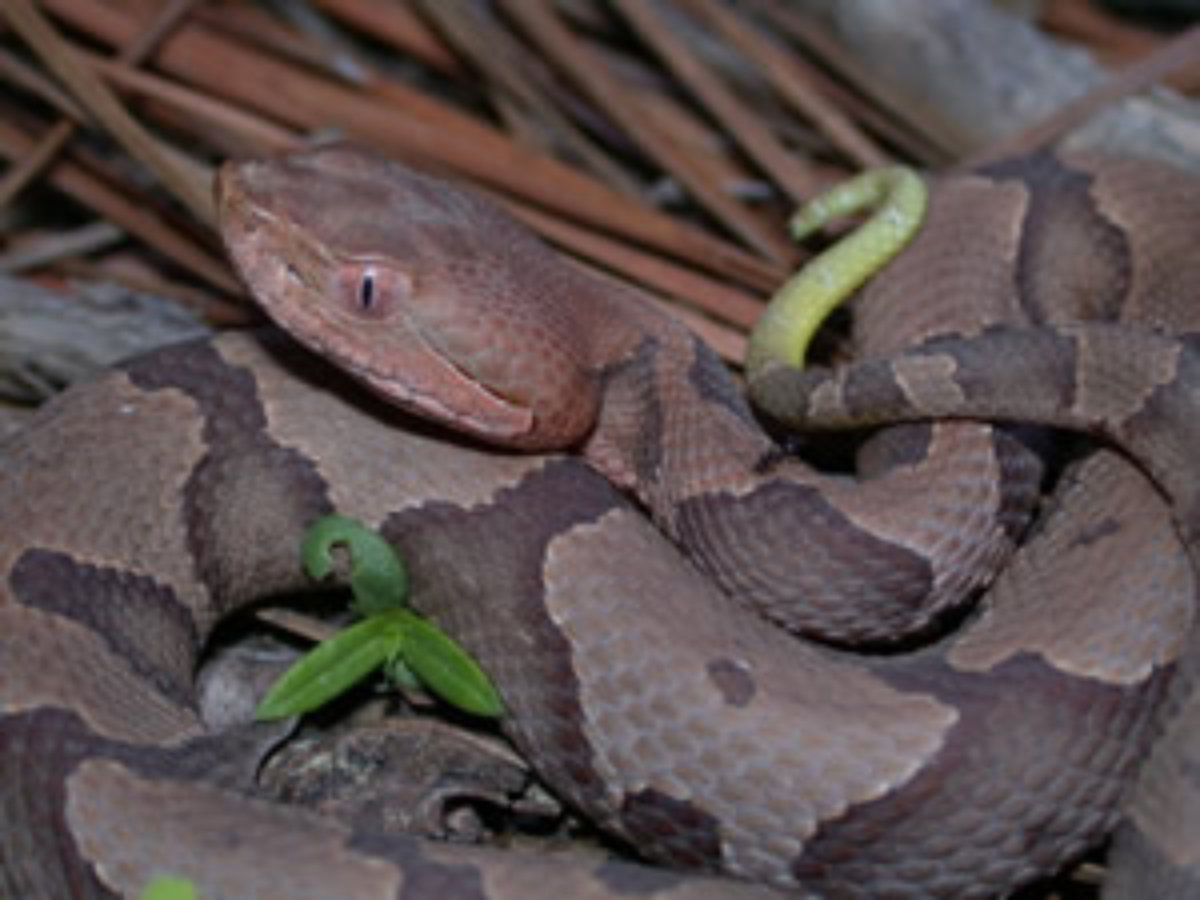



Baby Copperheads Are Out Walterboro Live
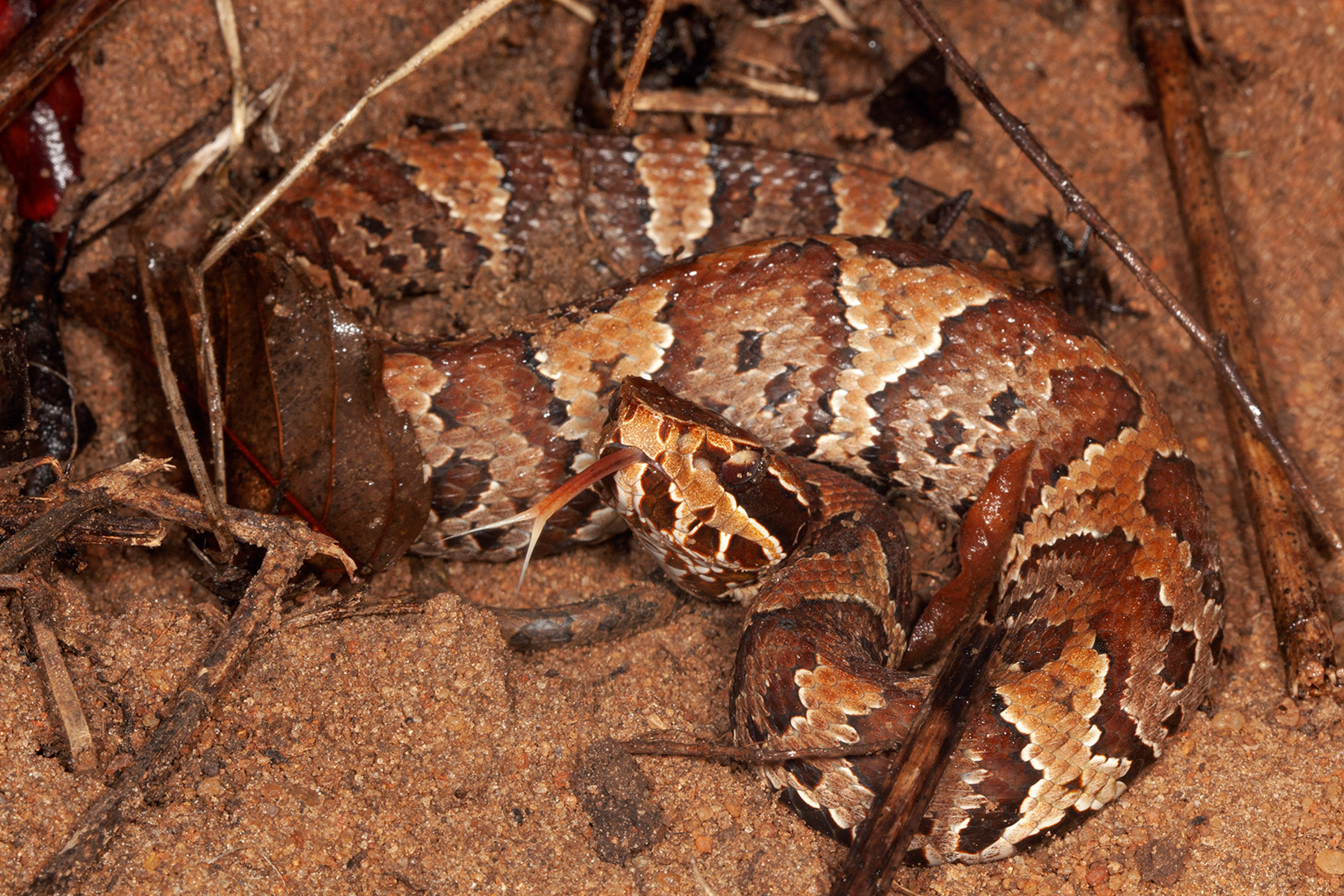



Florida Cottonmouth Florida Snake Id Guide
Baby copperheads have a grayish coloration, and the tips of their tails are sulfuryellow This yellow color gradually fades as the snake grows older The baby copperhead uses "caudal luring" to wave its yellow tail tip to attract insects Baby copperhead snakes have a diamondshaped head, just like the adults This is another one of those species that only looks similar to a copperhead during the juvenile months and years, as over time the eastern rat snake goes from a distinctive and strong pattern of gray or brown blotches to a nearly completely solid black snake However some of the early ones are brown with a spotted pattern that can throw people off, especially since splotchesBaby copperhead snakes are born 7 to 9 inches long with a copperhead pattern on their head and body and look very similar to adults!



1




Watch Out For Baby Copperhead Snakes Wfmynews2 Com
Fig 1 = scale pattern under tail of harmless snake Hershey's Kisses and Copperhead pattern comparison Fig 2 = scale pattern under tail of Copperhead Prepared by Alvin Braswell Photos property of NC State Museum of Natural Sciences Reproduction by permission only See the Museum's website (wwwnaturalsciencesorg) for a free pdf of Venomous Snakes of Baby Cottonmouths are as strikingly and vividly patterned as Copperheads, they do not become dark and lose their pattern until later in life Just because the patterns on a baby Agkistrodon are clear does not mean it is a Copperhead This is where it's important to see if the hourglasses are messy or notCopperheads are responsible for more bites than any other venomous snake Baby copperhead bites are very painful, but less than 001% are fatal Very few cases require antivenom to neutralize the venom, but infants, the elderly, and people with compromised immune systems, are at greatest risk from complications Should you kill copperhead snakes?




How To Identify A Baby Copperhead Snake Petsoid



Be A Friend Or Be Afraid The Daniel Island News
Some of these snakes to make the list may share the patterns, colors, or both with Copperheads which can lead people that are unfamiliar with snakes to misidentify them Remember, the worst is usually assumed about a snake In some cases the snake doesn't even resemble a copperhead, and is still mistaken for one by people who are uninformed In any case This snake is named after their broad red, or copper, head and their pattern is unlike any other species It consists of a predominantly tan color with pinkish brown hourglass bands There are five subspecies that are all associated with slightly different colorations and regional distributions Northern copperhead (Agkistrodon contortrix mokasen) Southern copperhead
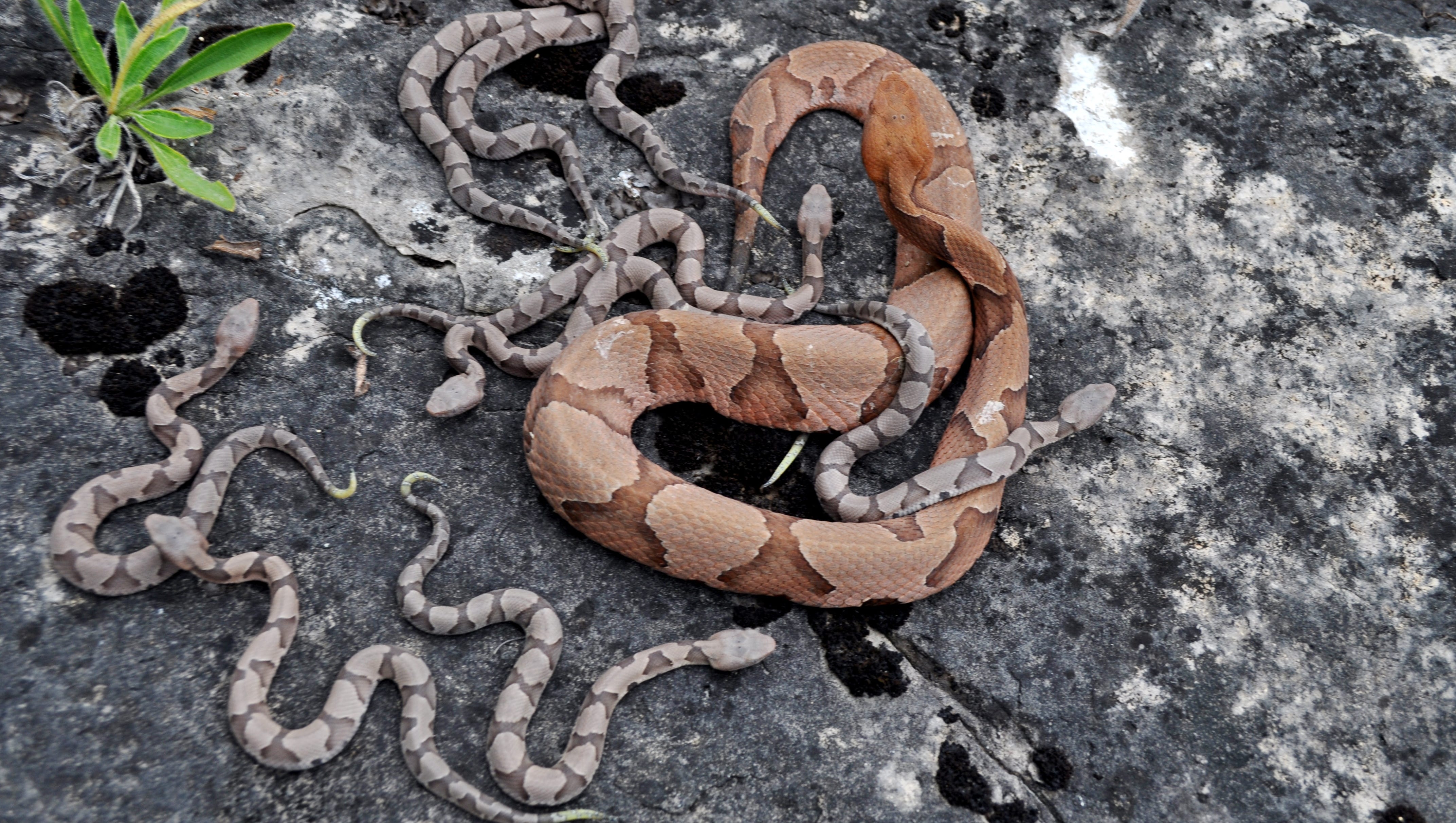



Venomous Or Not They Re Out Now So Know Your Snakes



When Are Baby Copperheads Born In Nc Are They More Dangerous Raleigh News Observer



Copperheads And Similar Looking Harmless Species
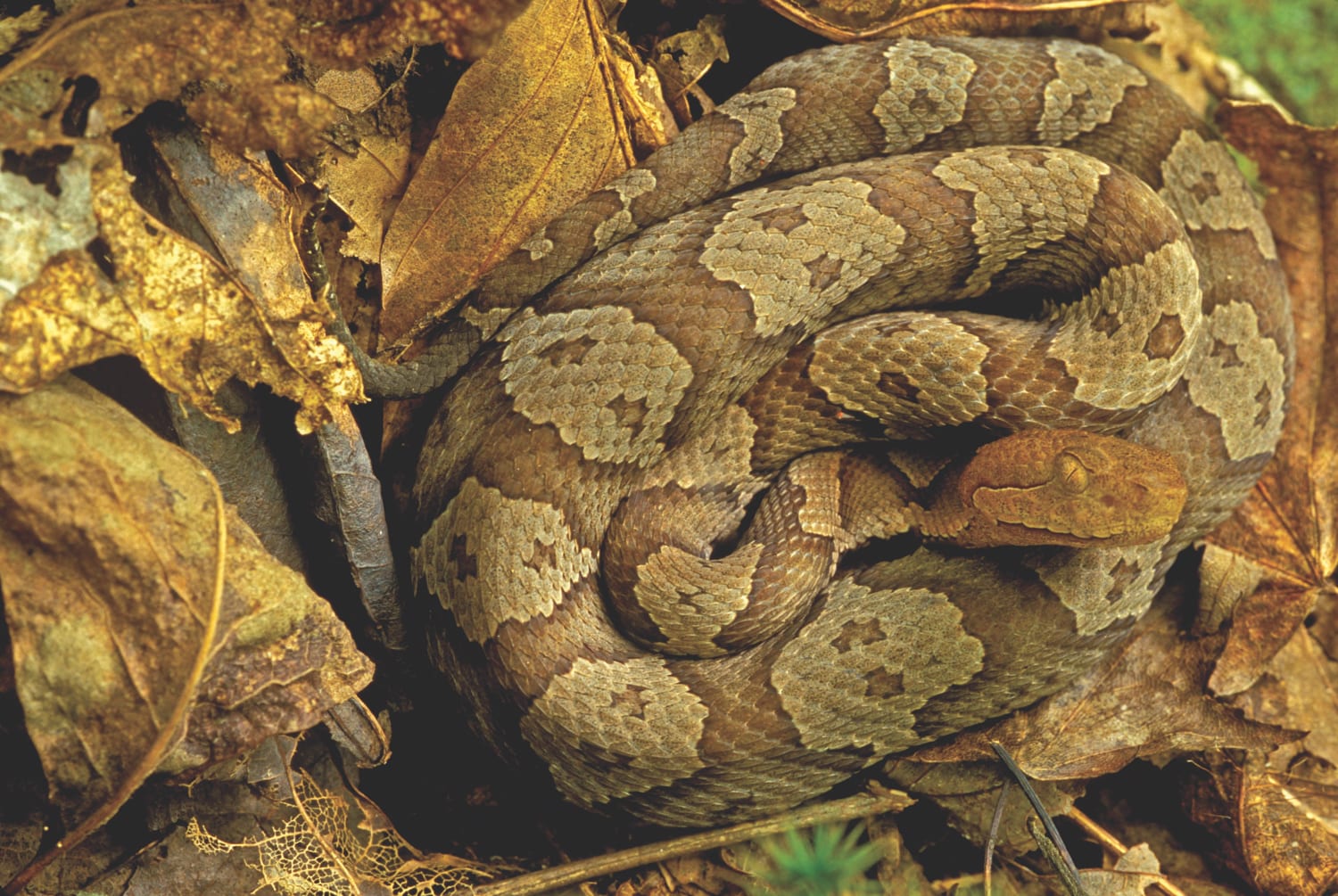



Identification And Control Of Snakes In Alabama Alabama Cooperative Extension System
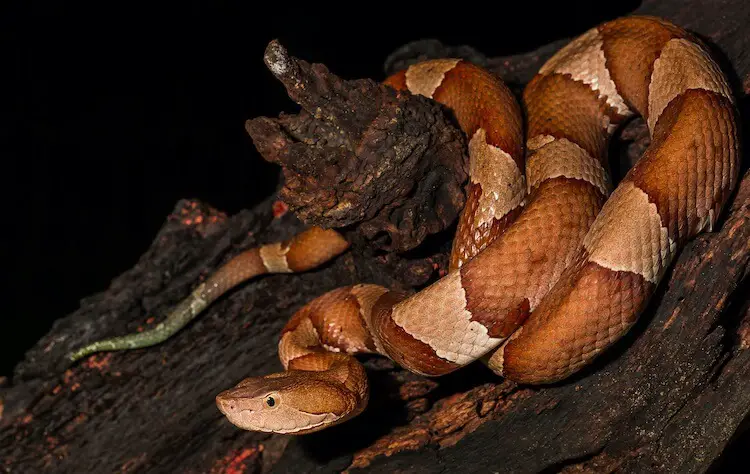



7 Ways To Identify Prevent Remove Baby Copperhead Snakes Everything Reptiles




A Field Guide To Commonly Misidentified Snakes




A Field Guide To Commonly Misidentified Snakes




Baby Copperheads How To Identify Them And Get Rid Of Them



Copperheads And Similar Looking Harmless Species




Copperhead Vs Northern Water Snake Nature Watch




How To Identify A Baby Copperhead Snake Quora
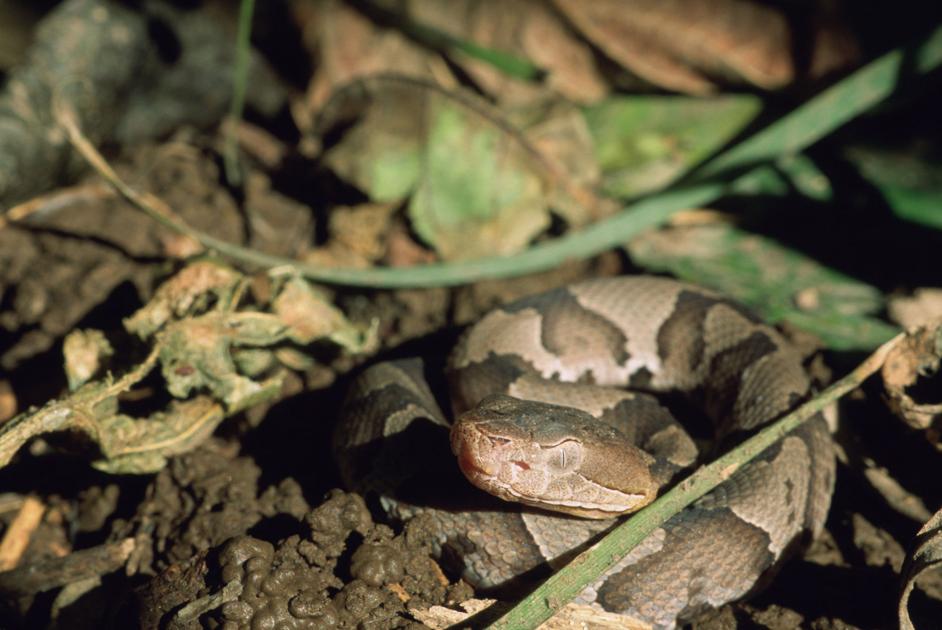



Biologist Says Be On The Lookout For Baby Copperheads News Postandcourier Com
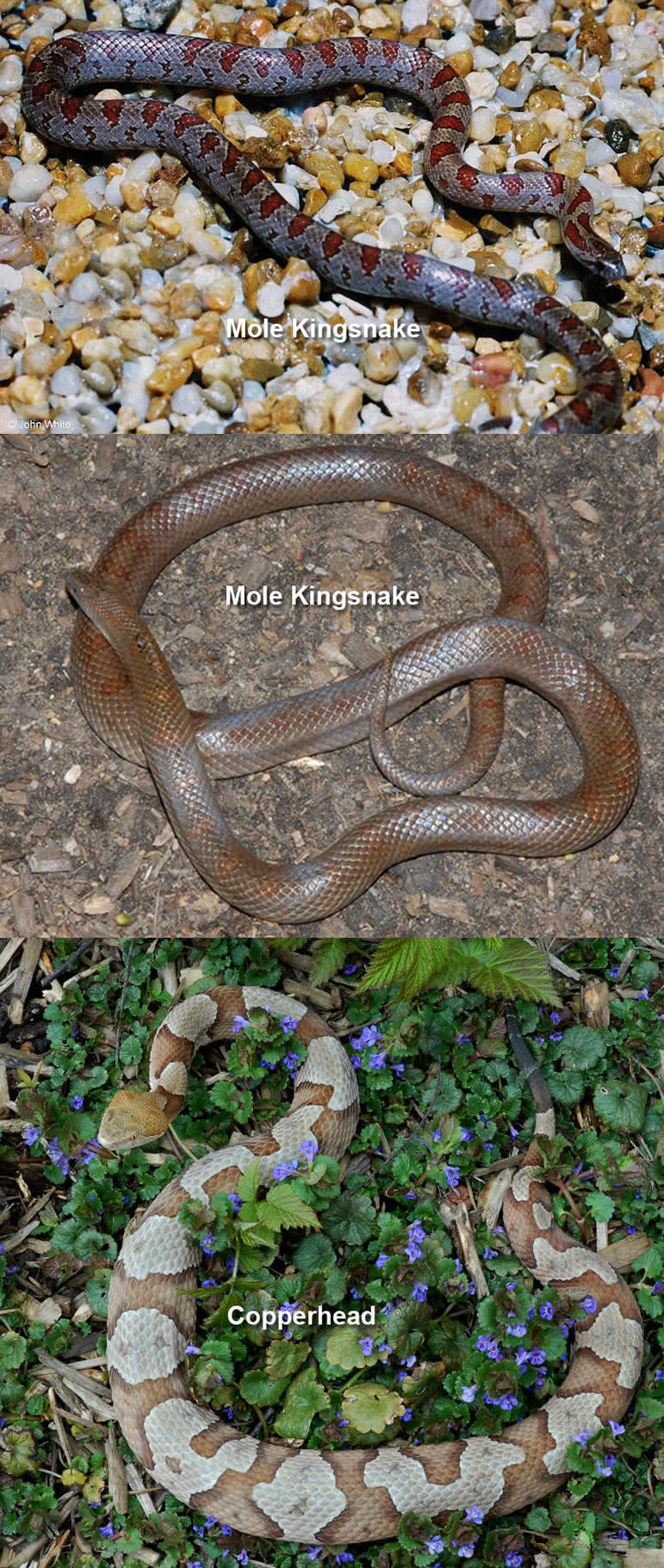



Copperheads And Similar Looking Harmless Species
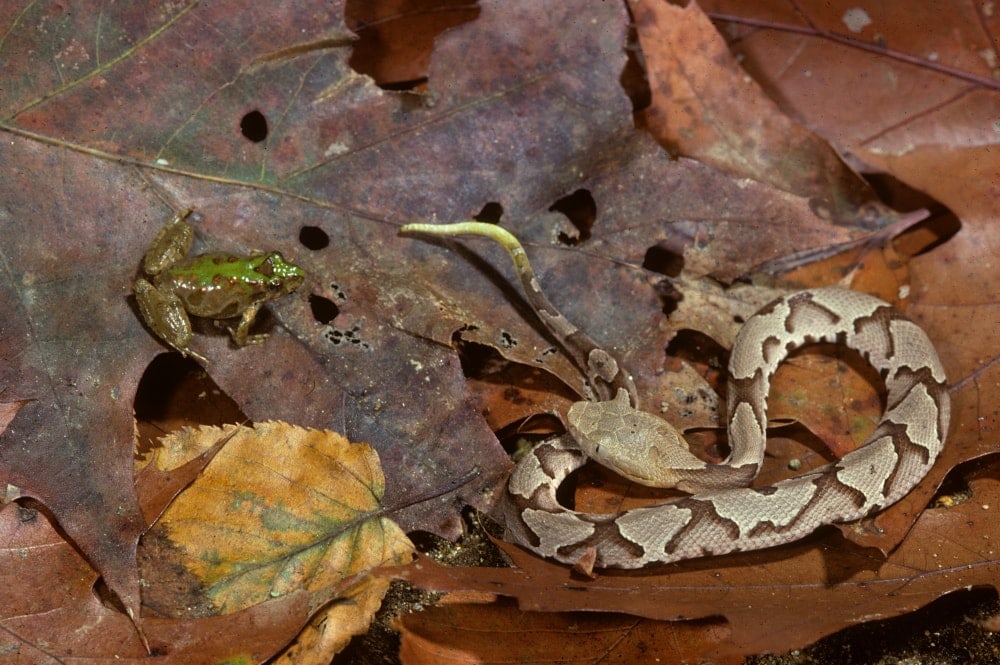



How To Identify A Baby Copperhead Snake Petsoid




5 Ways How To Tell The Difference Between Cottonmouths Water Moccasins And Copperheads Living Alongside Wildlife
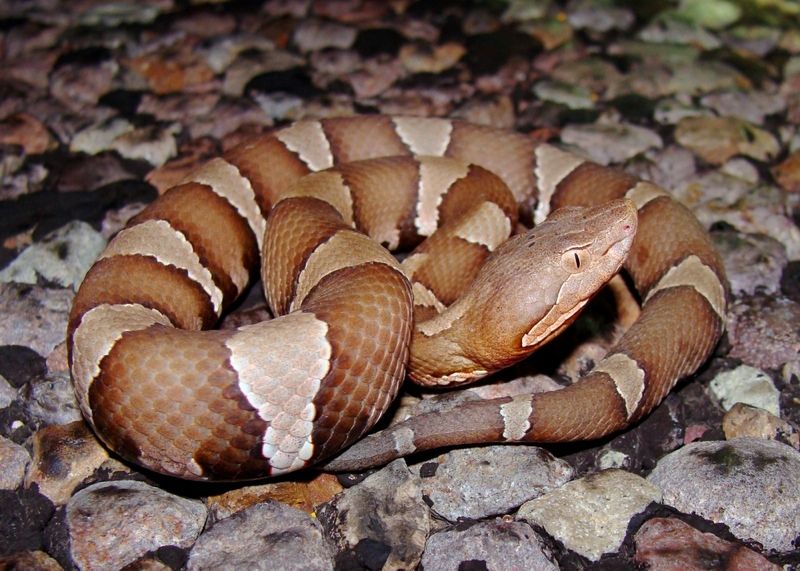



Fact Or Fiction Test Your Knowledge About Snakes Live Science




Baby Copperheads How To Identify Them And Get Rid Of Them
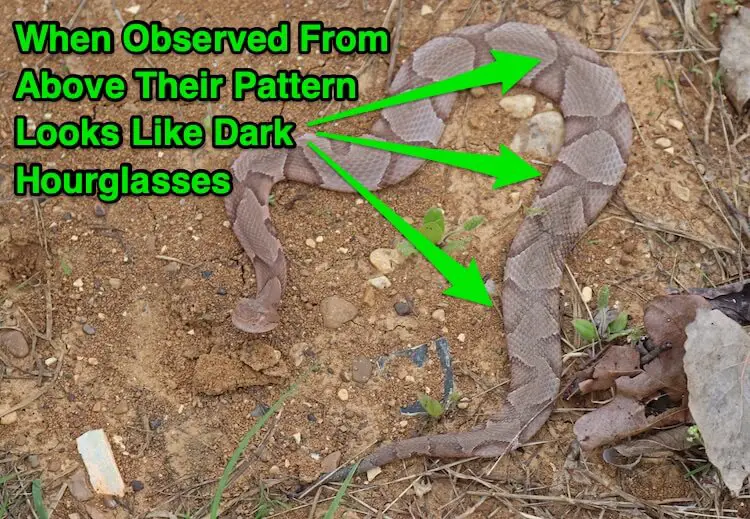



7 Ways To Identify Prevent Remove Baby Copperhead Snakes Everything Reptiles
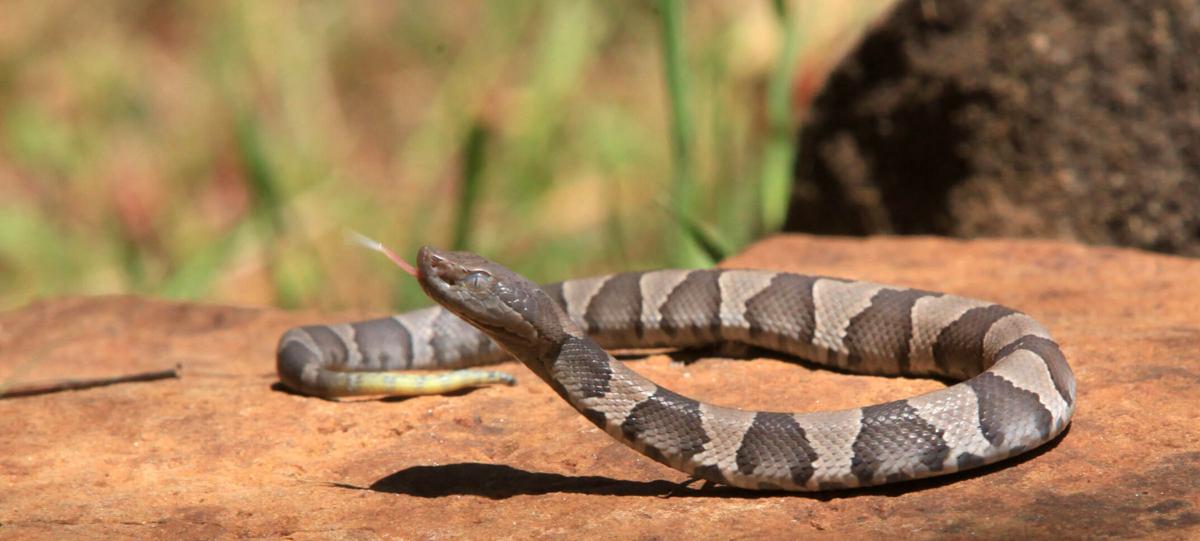



Snakes Alive Copperhead Other Snake Encounters More Likely As Days Shorten Weather Cools Local News Tulsaworld Com




How To Identify A Baby Copperhead Snake 21 Pictures




Facts You Did Not Know About Baby Copperheads
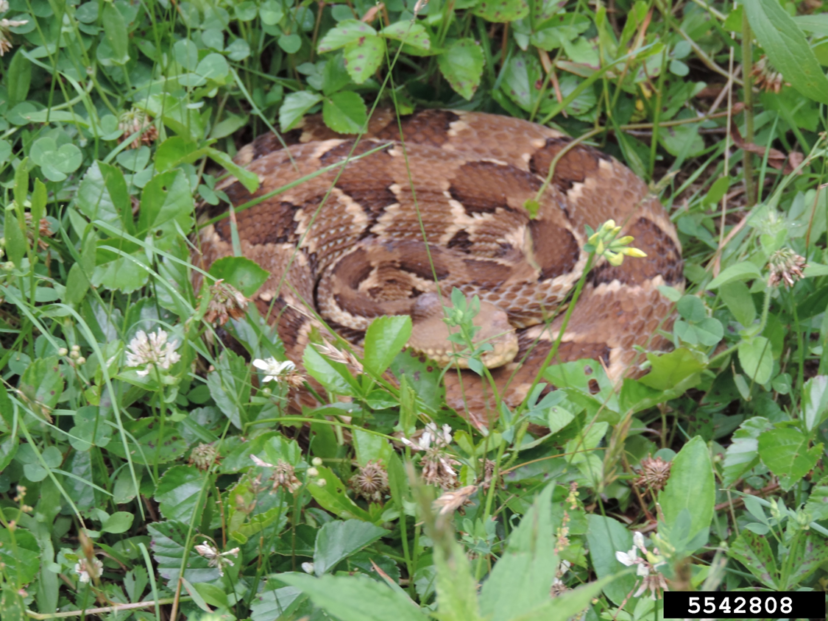



Identifying Copperhead Snakes Home Garden Information Center
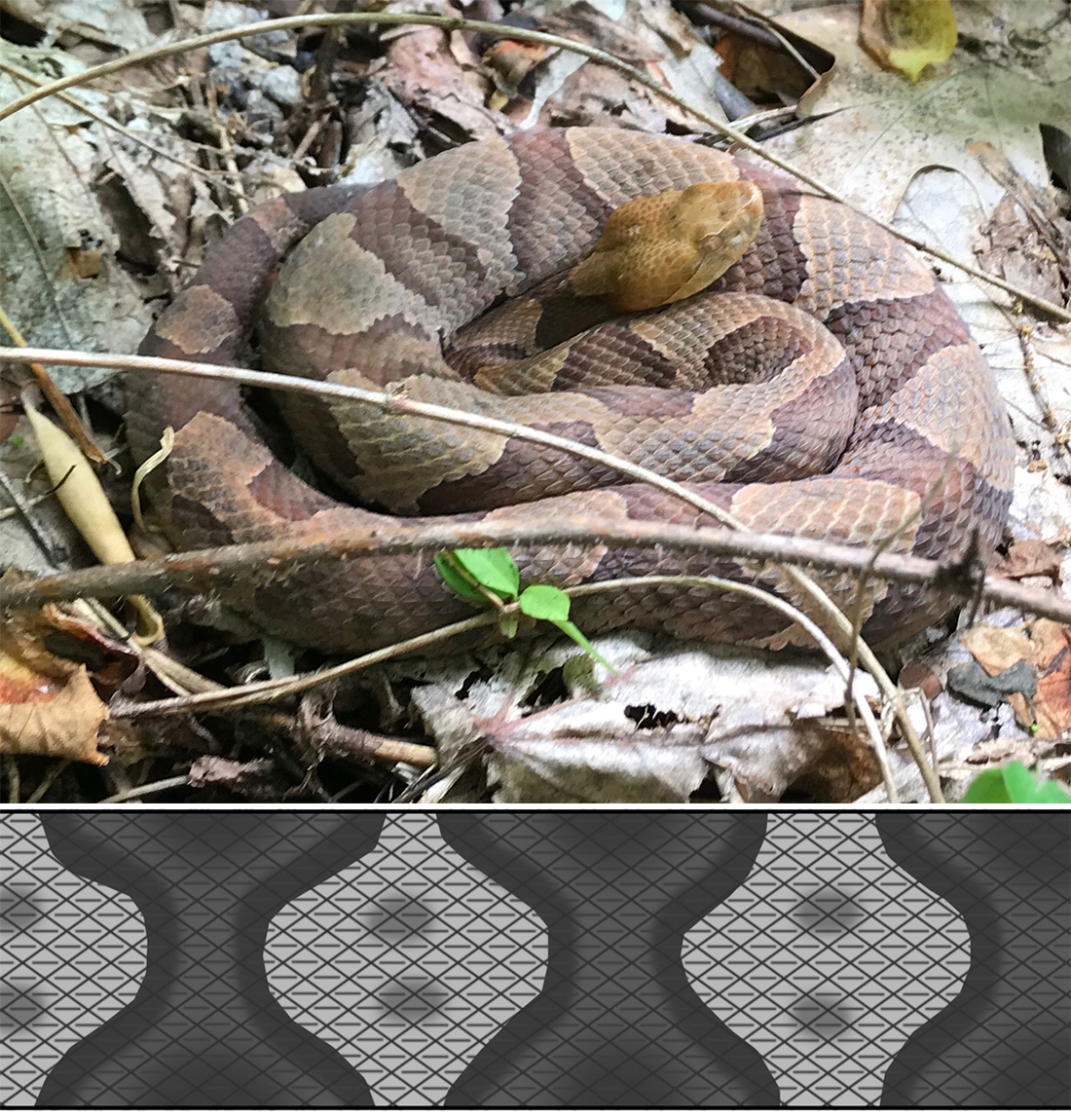



Fs13 Northern Copperheads In New Jersey Rutgers Njaes




Copperhead Snakes And Water Snakes The Infinite Spider




How To Identify The Copperhead
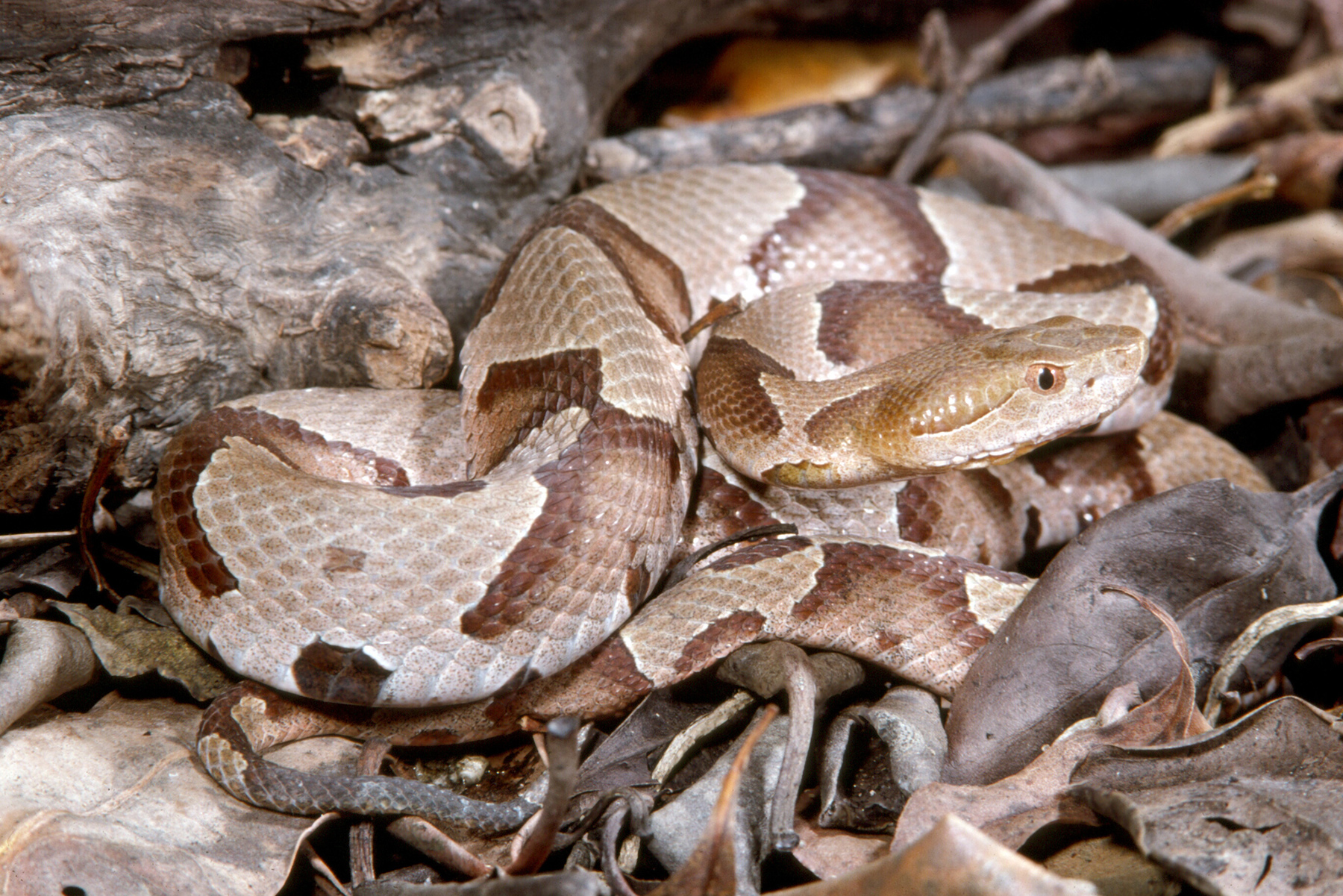



Eastern Copperhead Florida Snake Id Guide
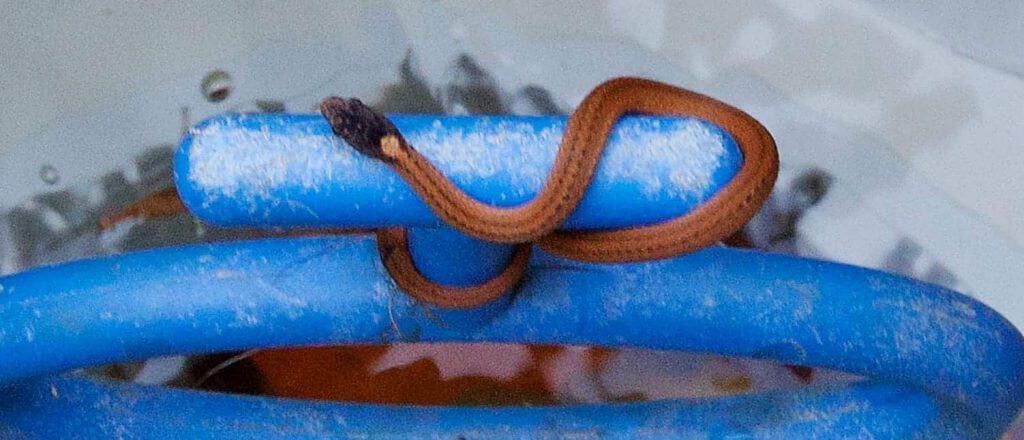



Baby Copperhead Snake Identification Guide Look For These 5 Things Embora Pets
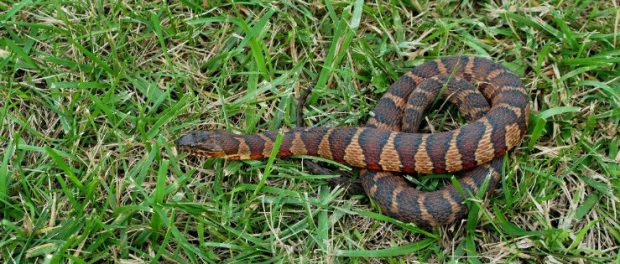



Your Guide To Snakes In Fairfax County News Center




Slithering Baby Snakes Missouri Department Of Conservation
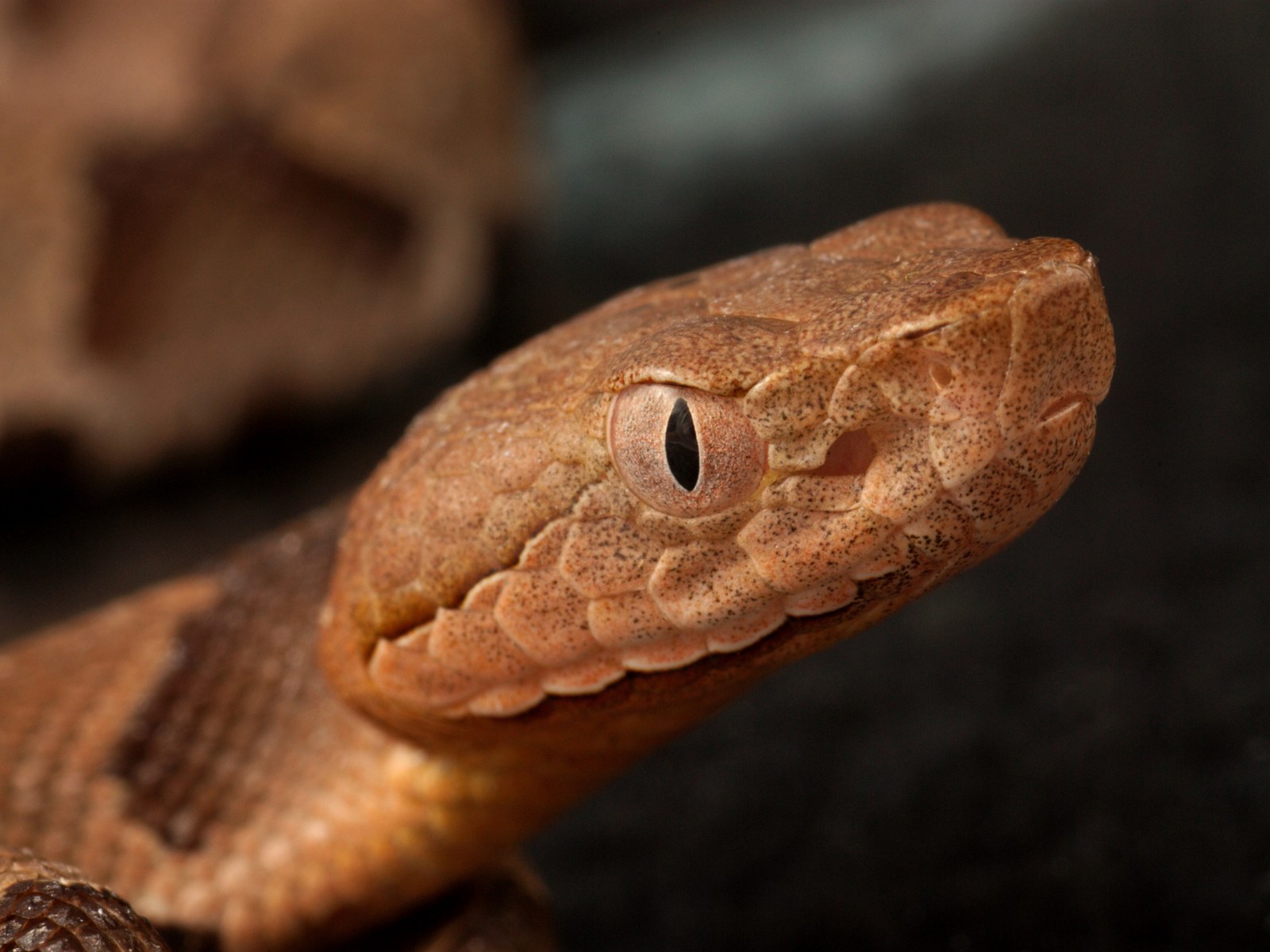



It S Baby Copperhead Snake Season Here S What You Need To Look Out For
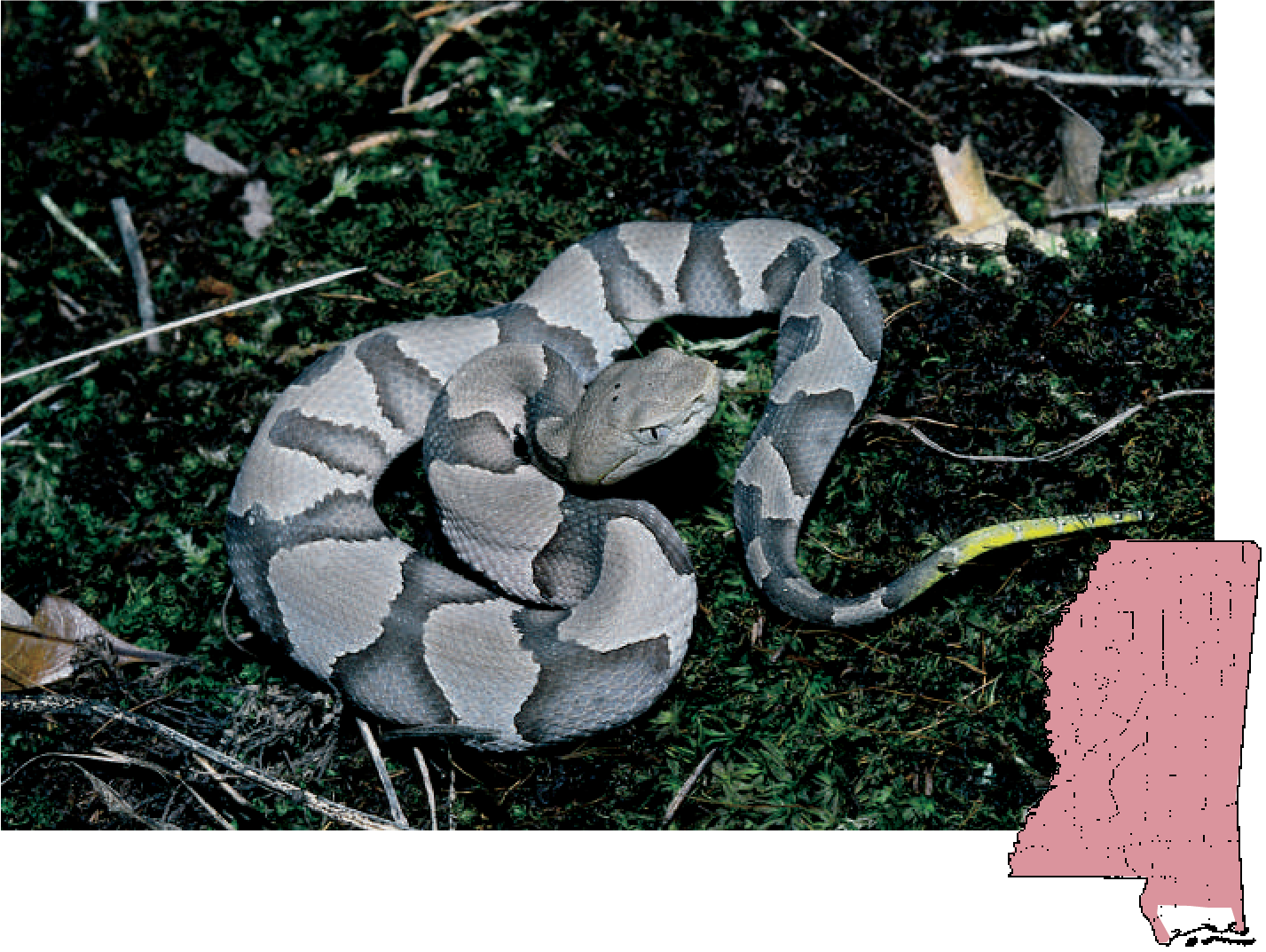



Mdwfp Venomous Snakes Of Mississippi
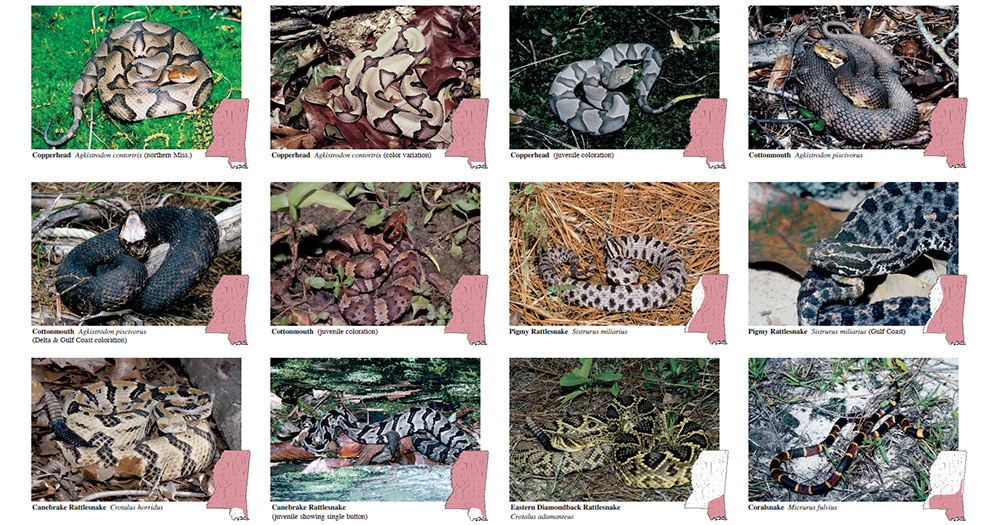



Mdwfp Venomous Snakes Of Mississippi
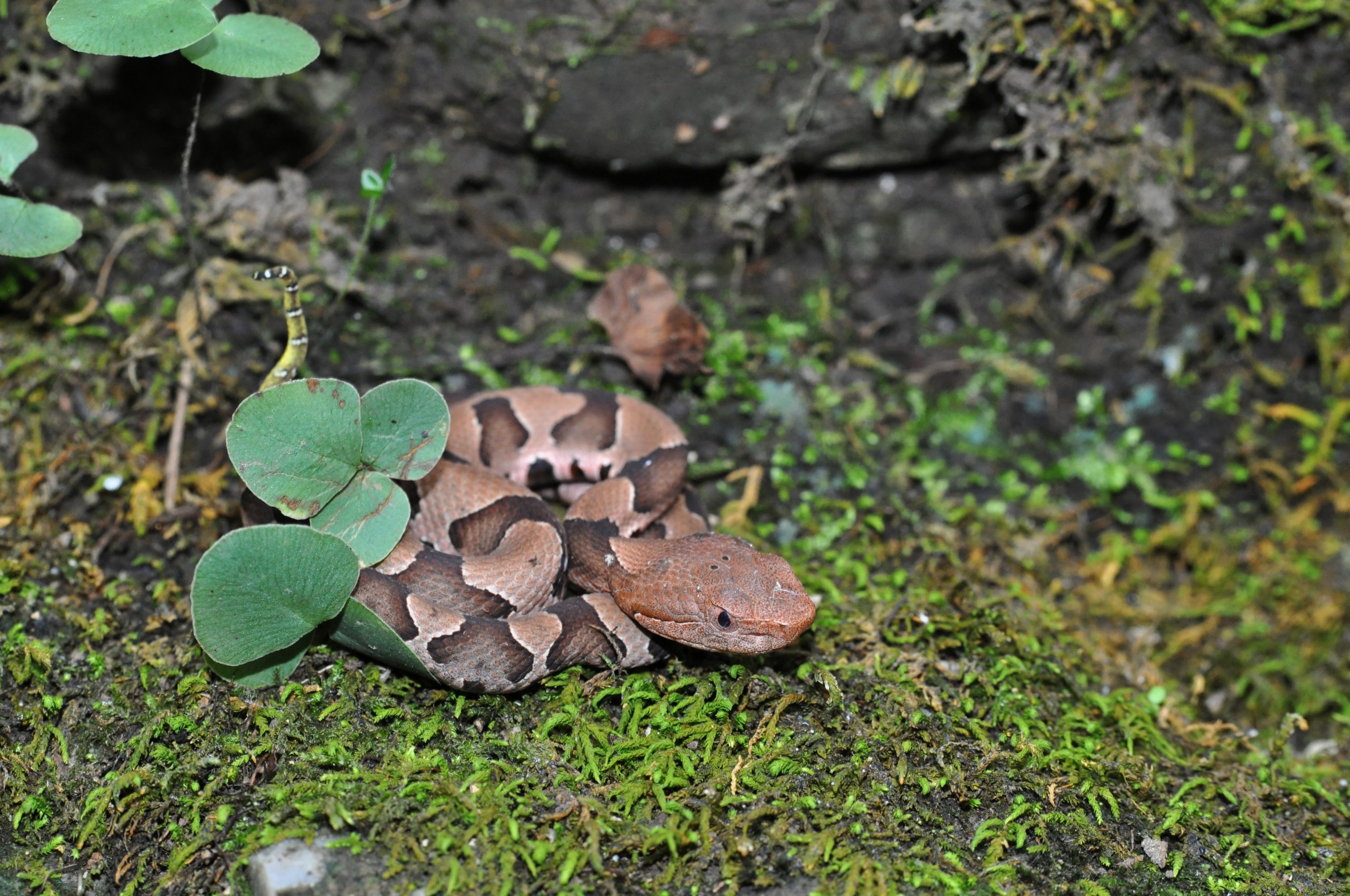



How To Identify A Baby Copperhead Snake 21 Pictures



1




7 Ways To Identify Prevent Remove Baby Copperhead Snakes




Carolina Waterfowl Rescue A Lot Of Baby Rat Snakes Are Mistaken For Baby Copperheads Because Of Their Different Pattern The Copperheads Are The Only Common Venomous Snake We Have In The




Black Ratsnake
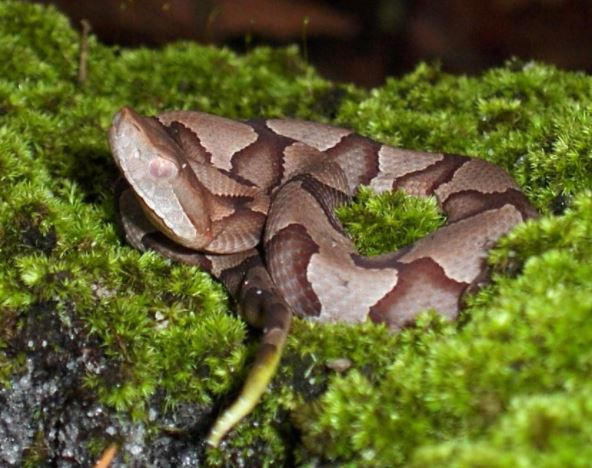



Facts About Copperheads In Nc Critter Control Of The Triangle




Baby Copperheads How To Identify Them And Get Rid Of Them




7 Ways To Identify Prevent Remove Baby Copperhead Snakes Everything Reptiles
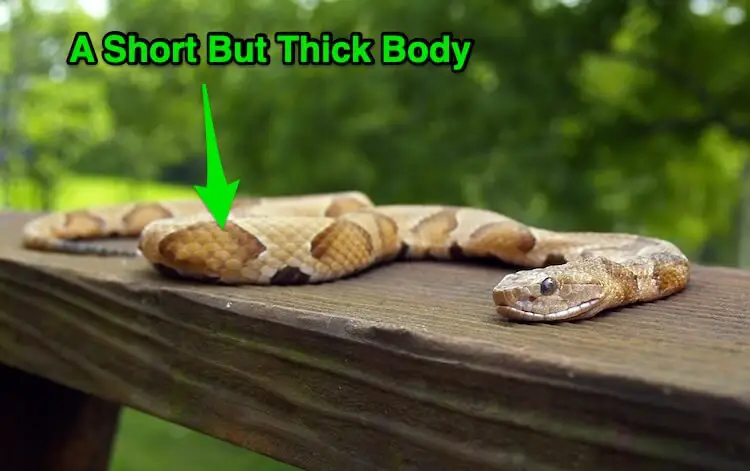



7 Ways To Identify Prevent Remove Baby Copperhead Snakes Everything Reptiles
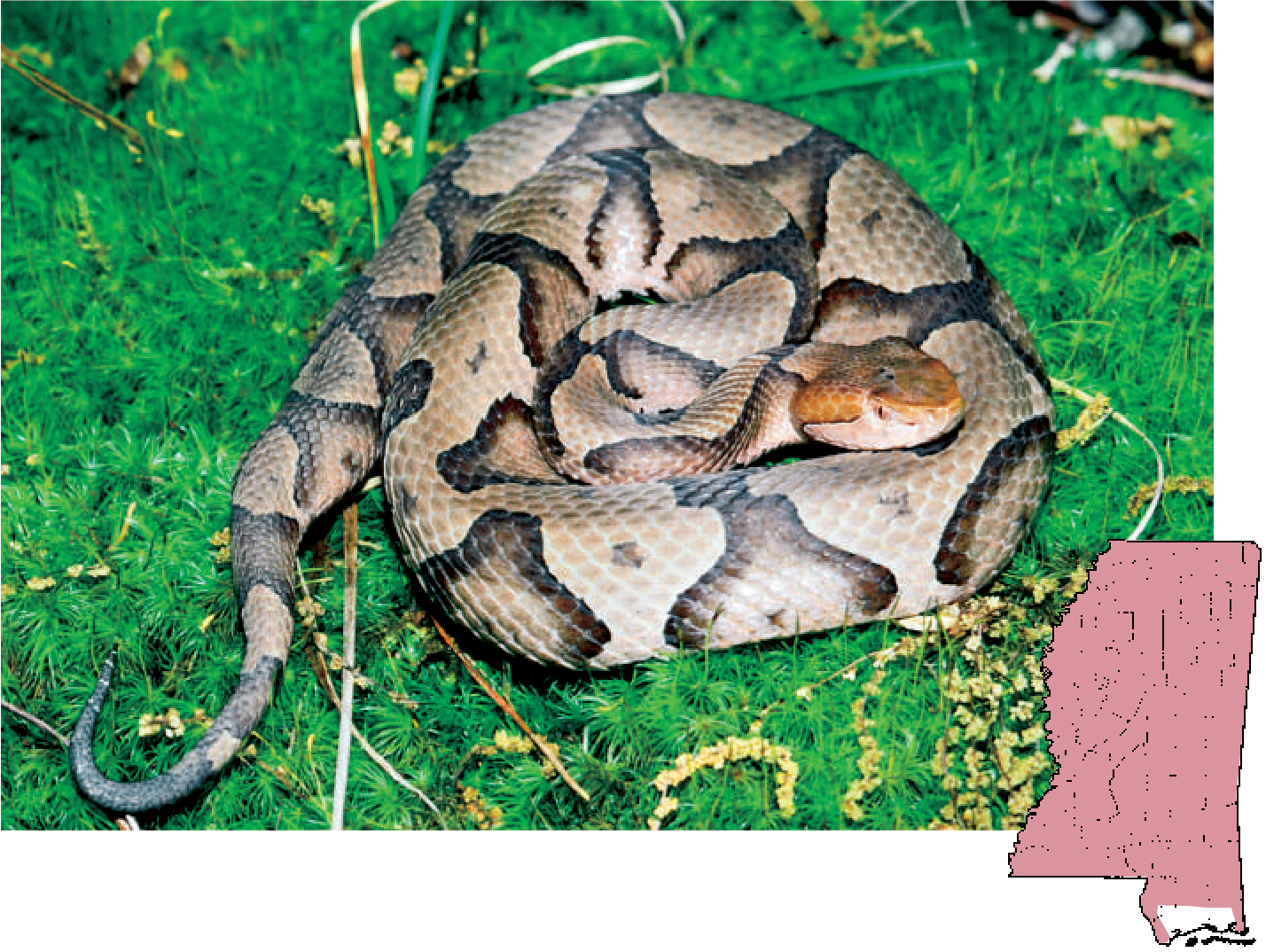



Mdwfp Venomous Snakes Of Mississippi




Baby Copperheads How To Identify Them And Get Rid Of Them
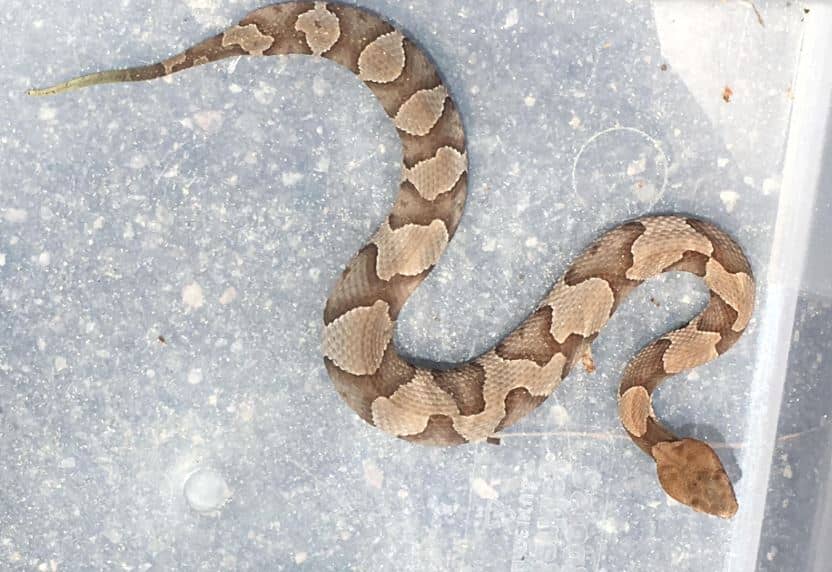



How To Identify A Baby Copperhead Snake 21 Pictures




How To Tell If A Snake Is Venomous Wbir Com



Snake Bellies Snakes In Western Massachusetts




How To Identify A Baby Copperhead Snake 10 Key Features Survival Freedom
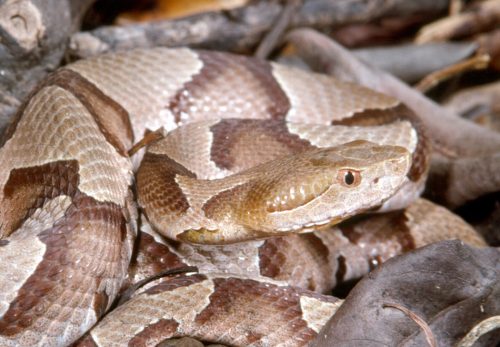



Eastern Copperhead Florida Snake Id Guide




When Are Baby Copperheads Born And Are They More Dangerous Raleigh News Observer




Rare Striped Copperhead Snake Found In Mississippi




8 Snakes That Look Like Copperheads With Pictures Wildlife Informer




How To Determine Baby Copperheads Animals Mom Com
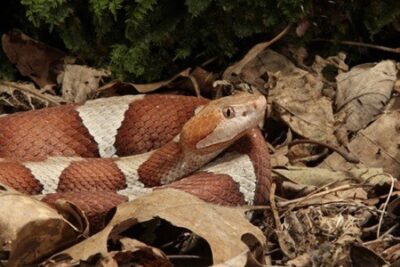



What A Copperhead Snake Looks Like With Pictures




Identifying Copperhead Snakes Home Garden Information Center
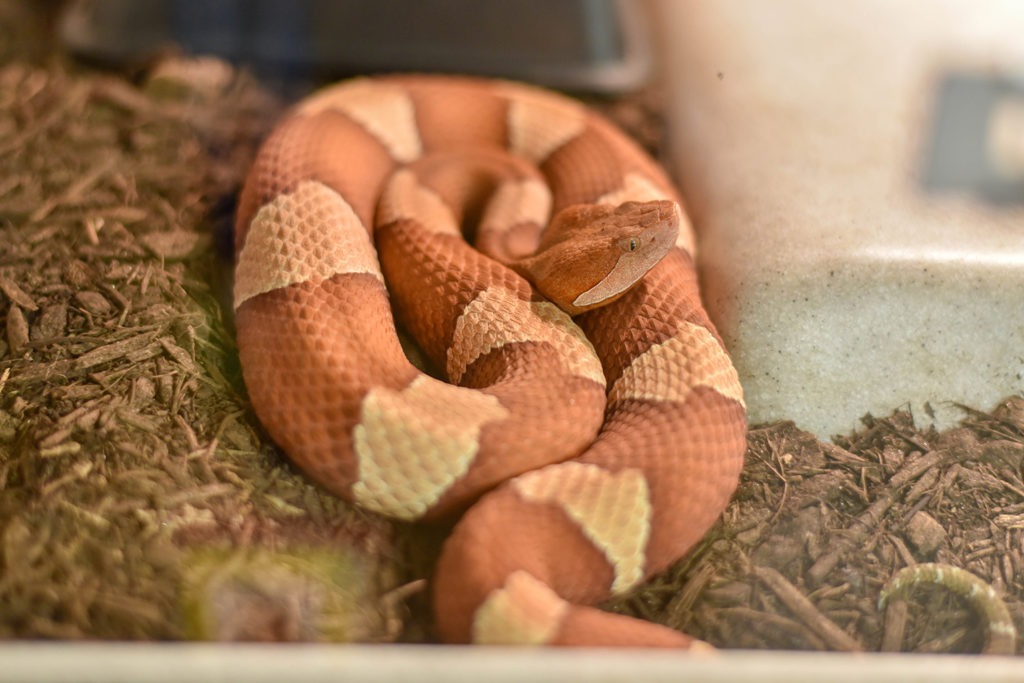



Northern Copperhead The Maryland Zoo



Copperhead On Grounds Animal Keeper Blog




How To Identify The Copperhead




Species Profile Copperhead Agkistrodon Contortrix Srel Herpetology




Identifying Copperhead Snakes Home Garden Information Center
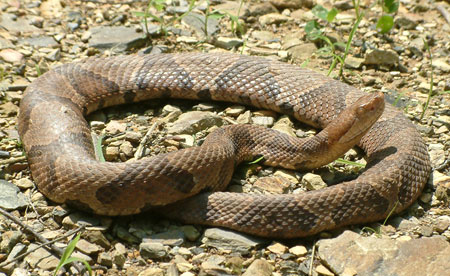



Maryland Snakes Order Squamata
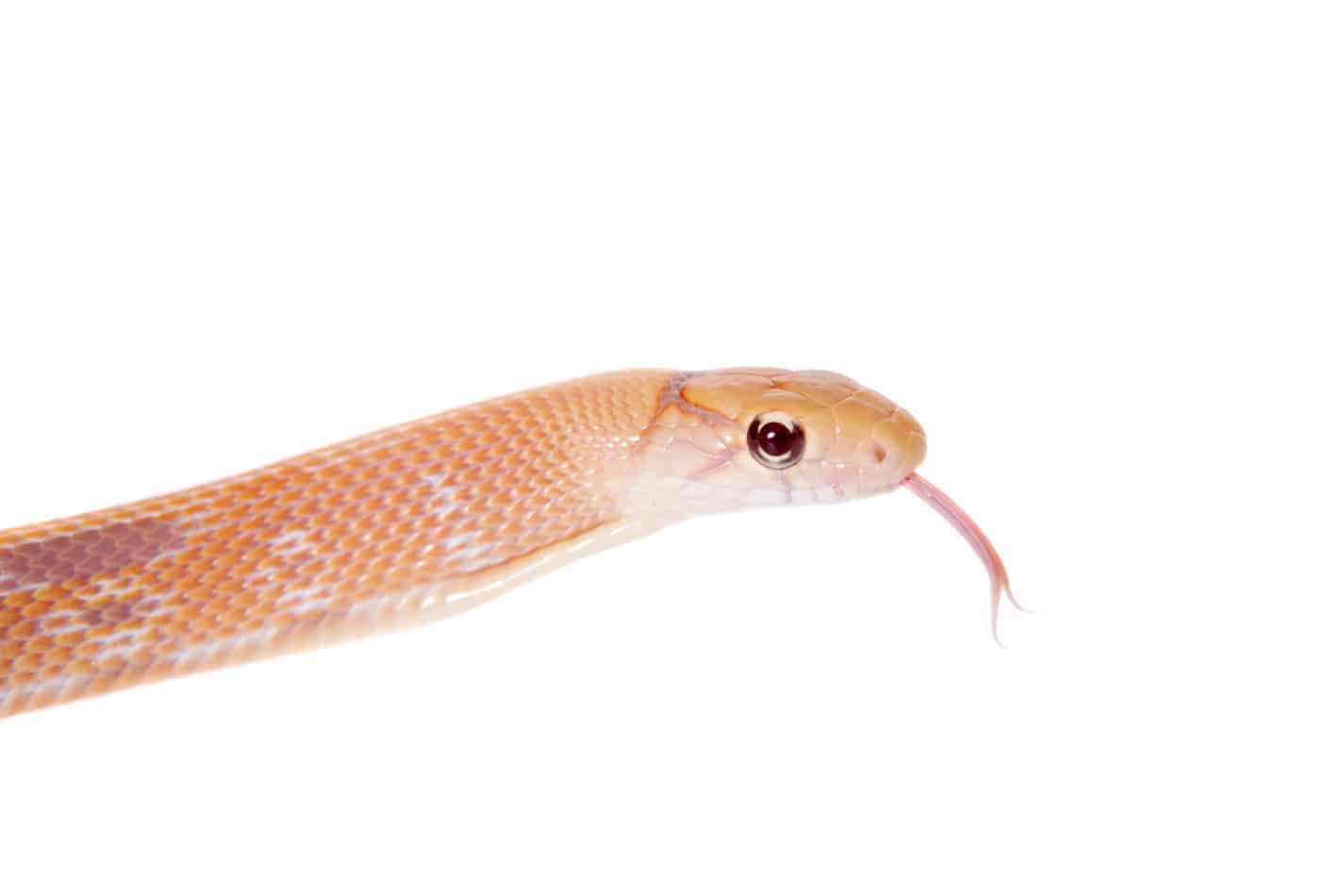



Baby Copperhead Snake Identification Guide Look For These 5 Things Embora Pets



Baby




Snakes Are Out Reduce Encounters Agrilife Today



Copperheads And Similar Looking Harmless Species



Black Snakes V Copperheads Tips To Keep Safe Wcnc Com
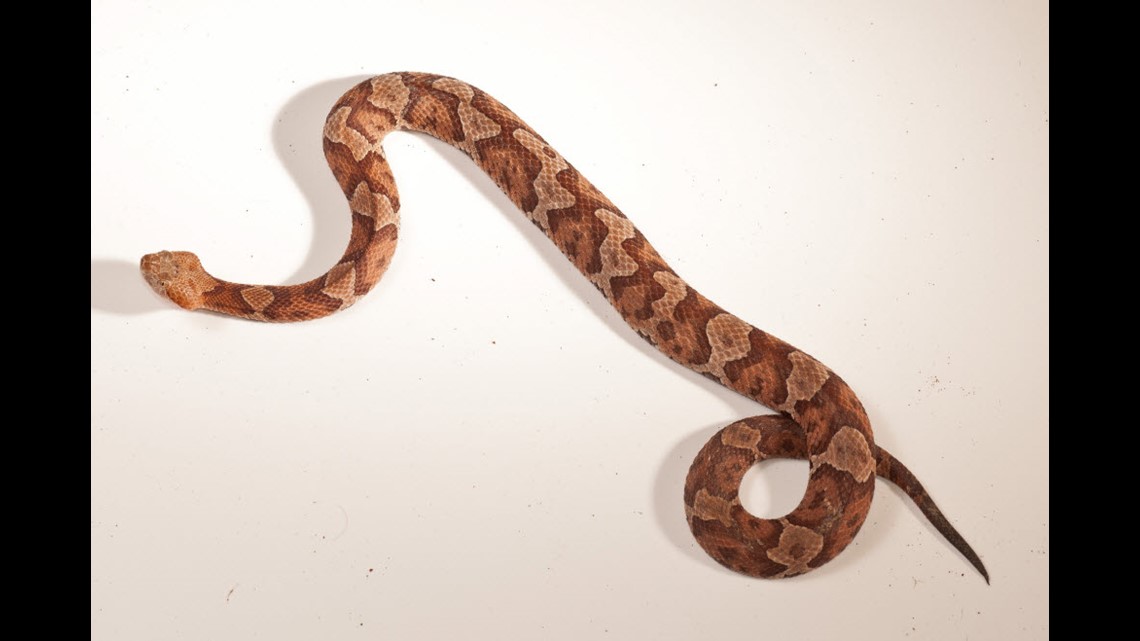



A Guide To Ohio S Snakes Wtol Com
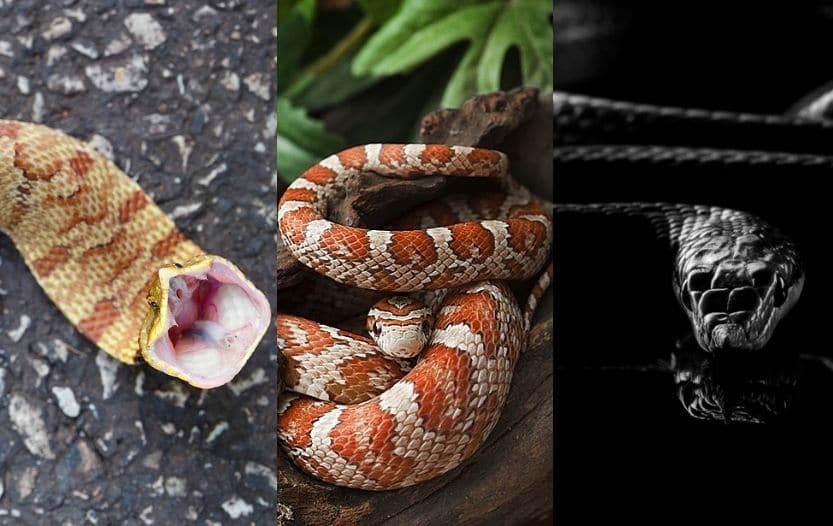



Copperhead Snake Look Alikes Snake Identification Defiel



The Southern Copperhead Snake Everything You Need To Know




These 5 Snakes Look Similar To Copperheads Embora Pets
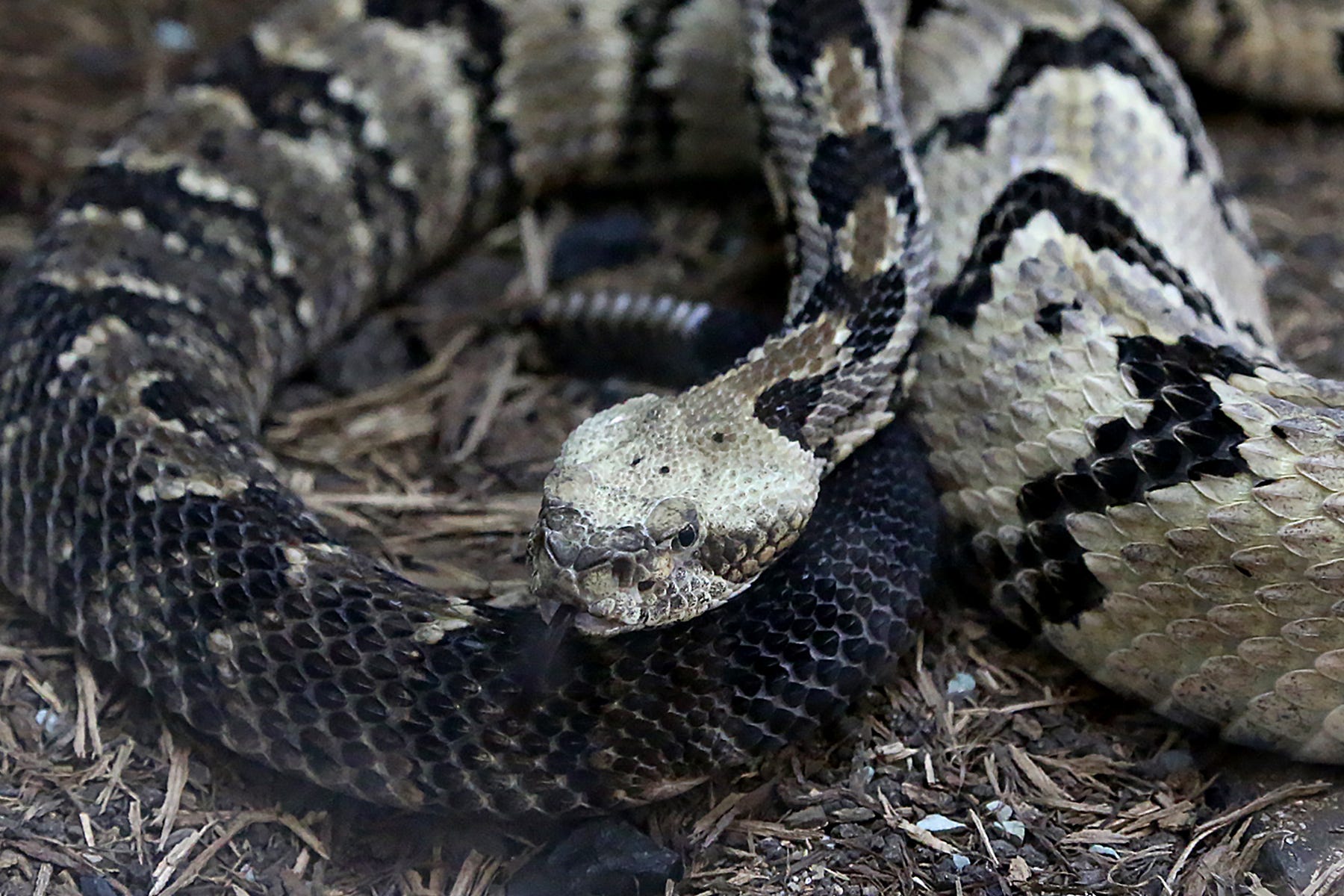



Six Snakes In Arkansas Are Venomous How To Protect Yourself And Them
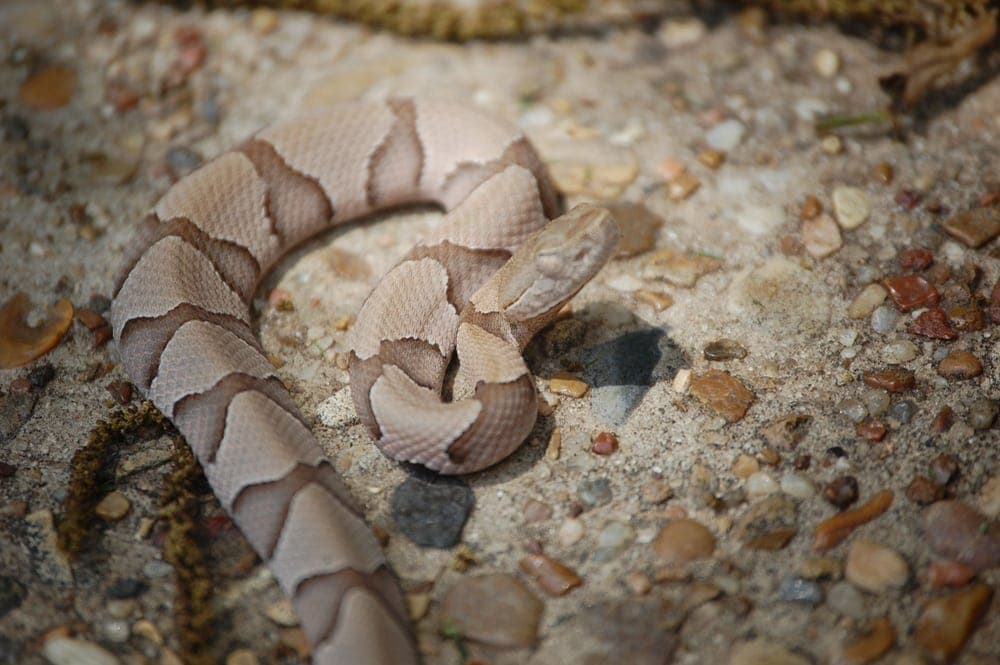



How To Identify A Baby Copperhead Snake Petsoid



Baby
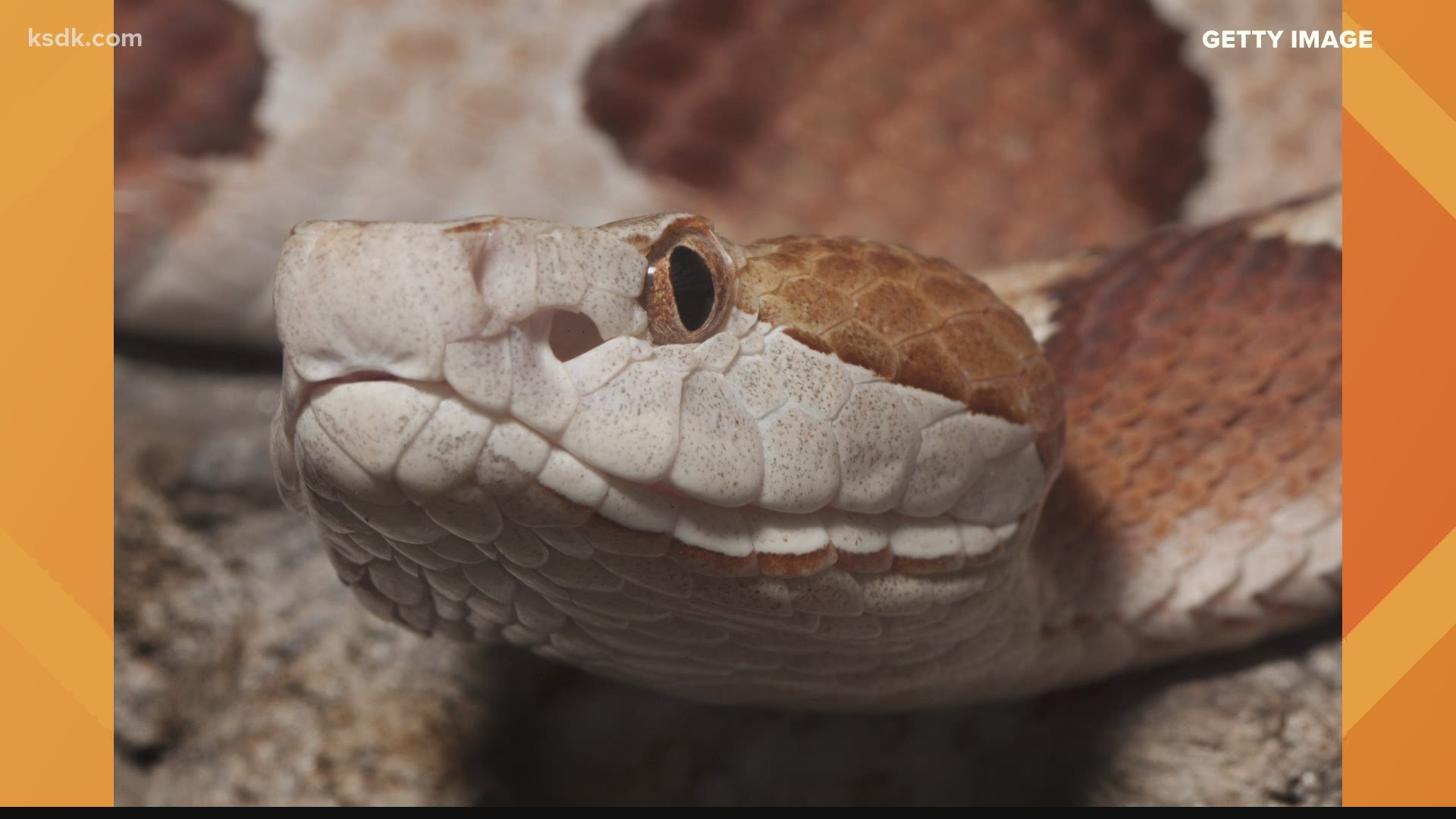



Baby Copperheads Are Being Born In Missouri Ksdk Com
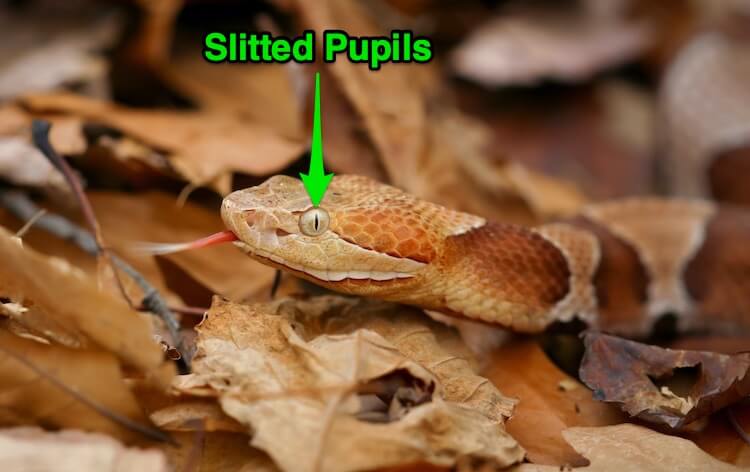



7 Ways To Identify Prevent Remove Baby Copperhead Snakes Everything Reptiles


